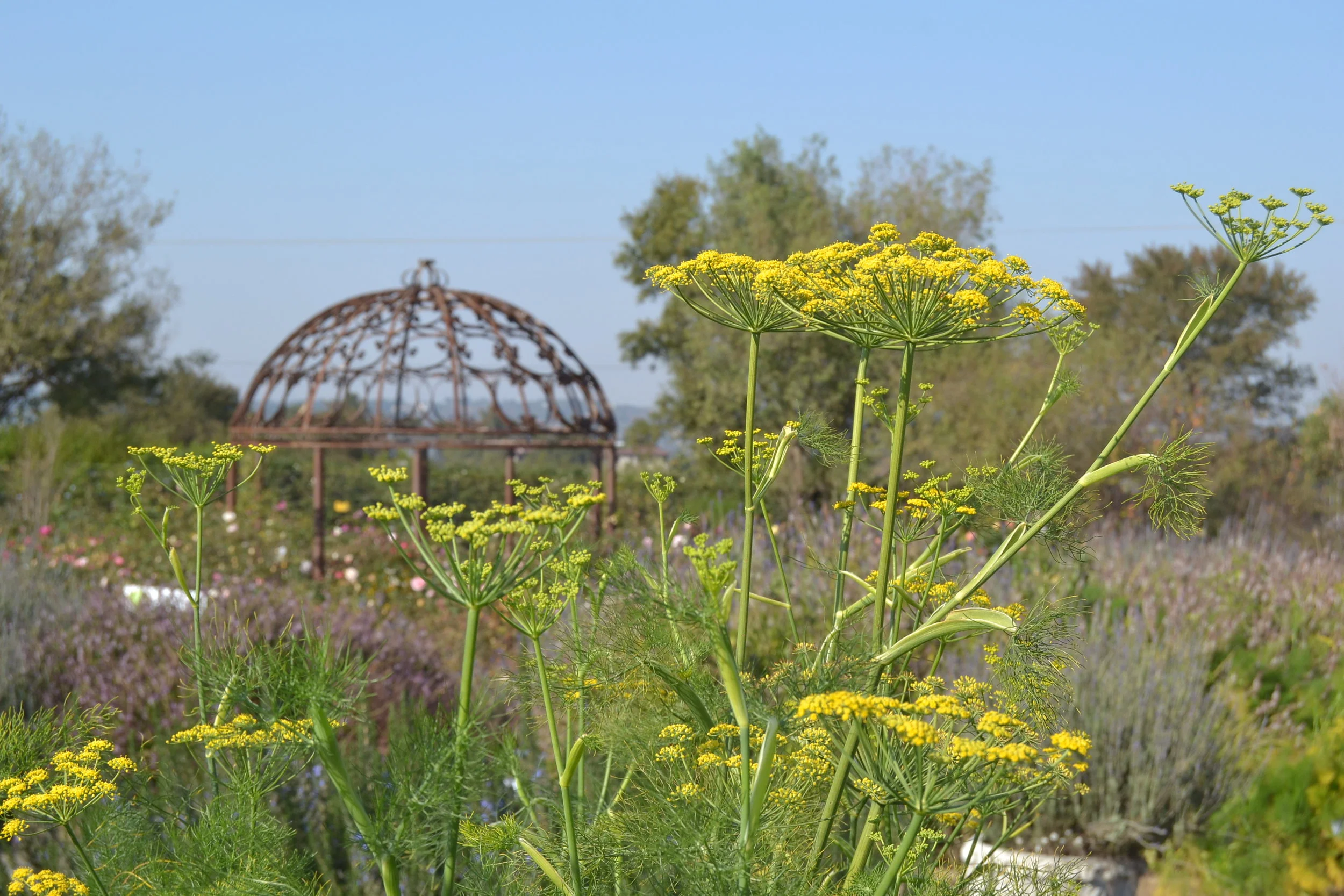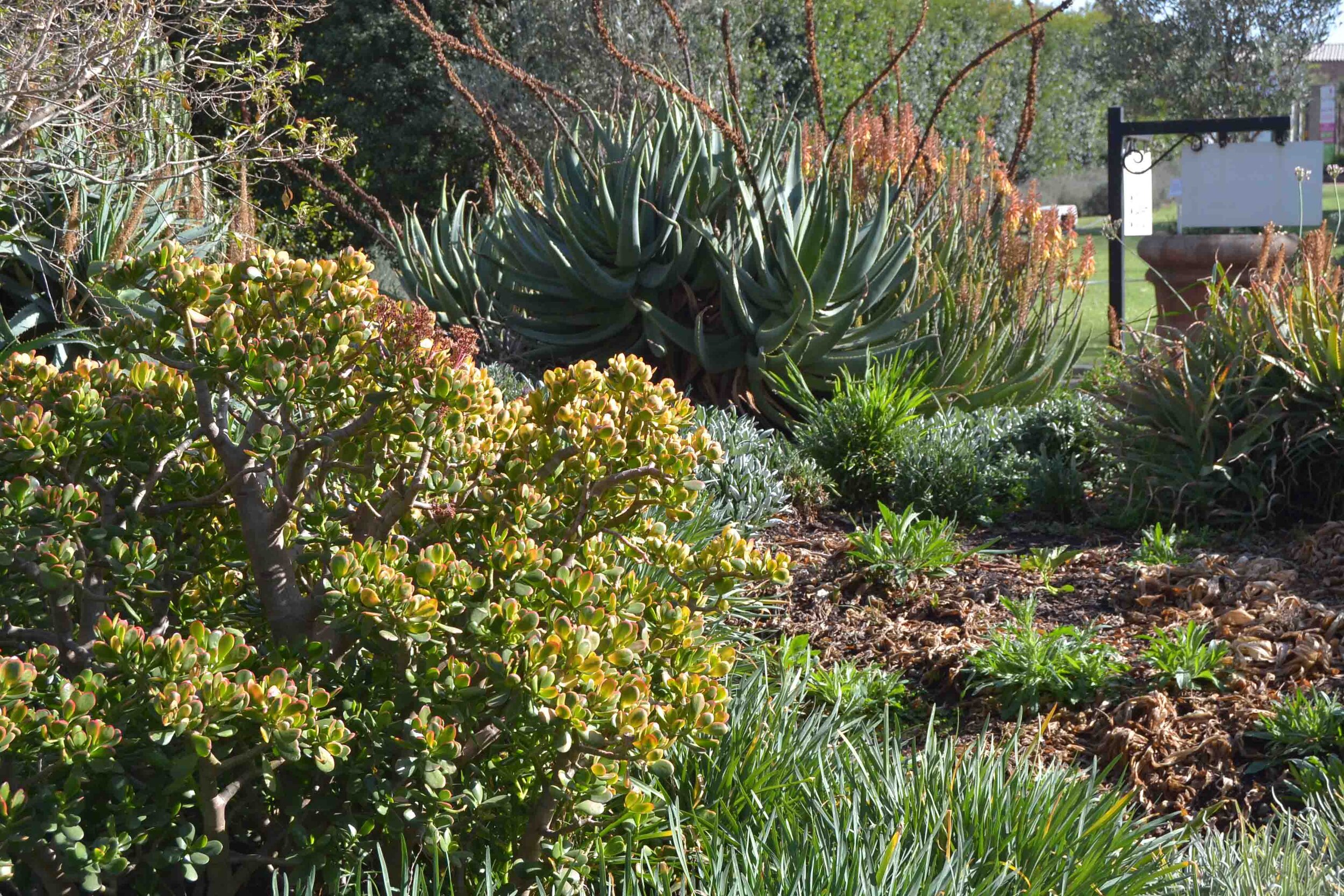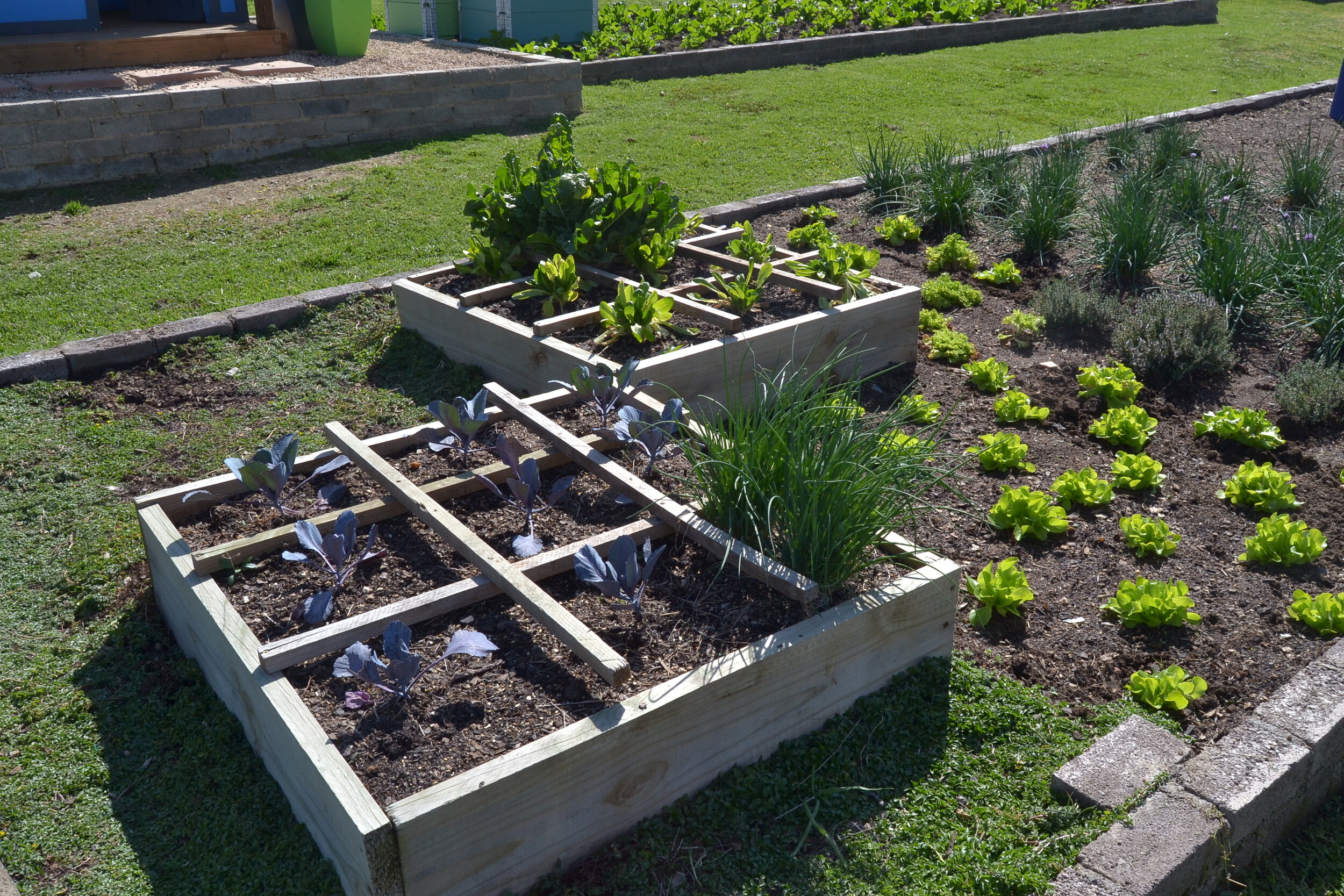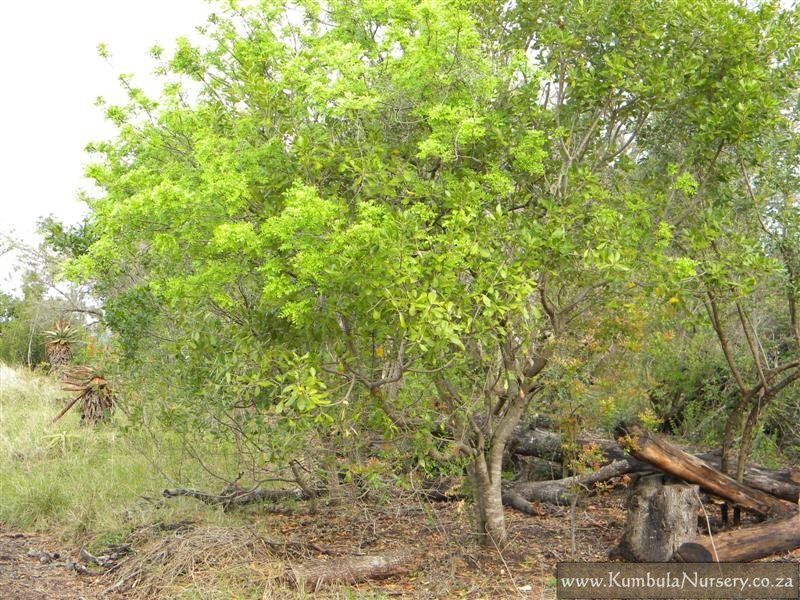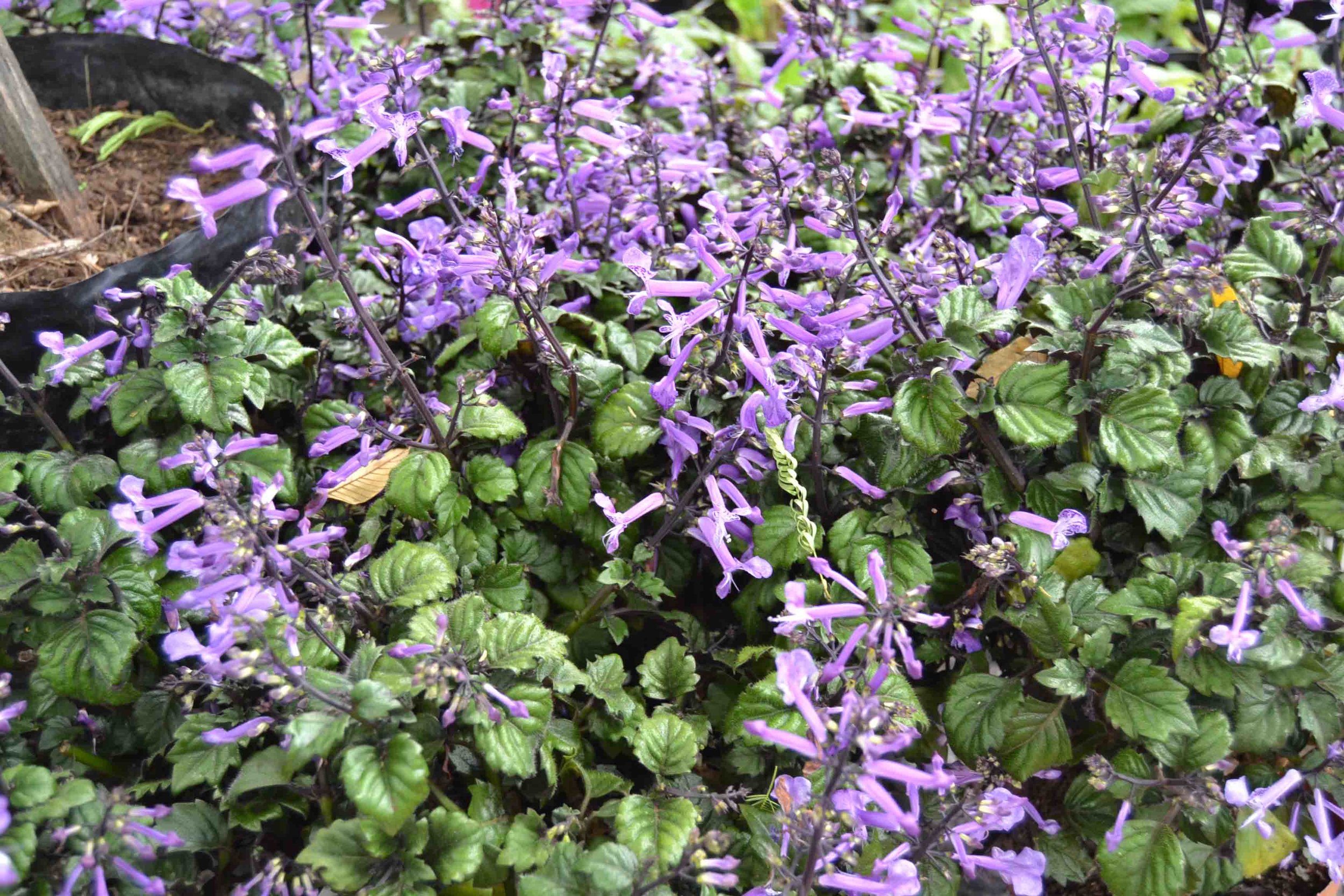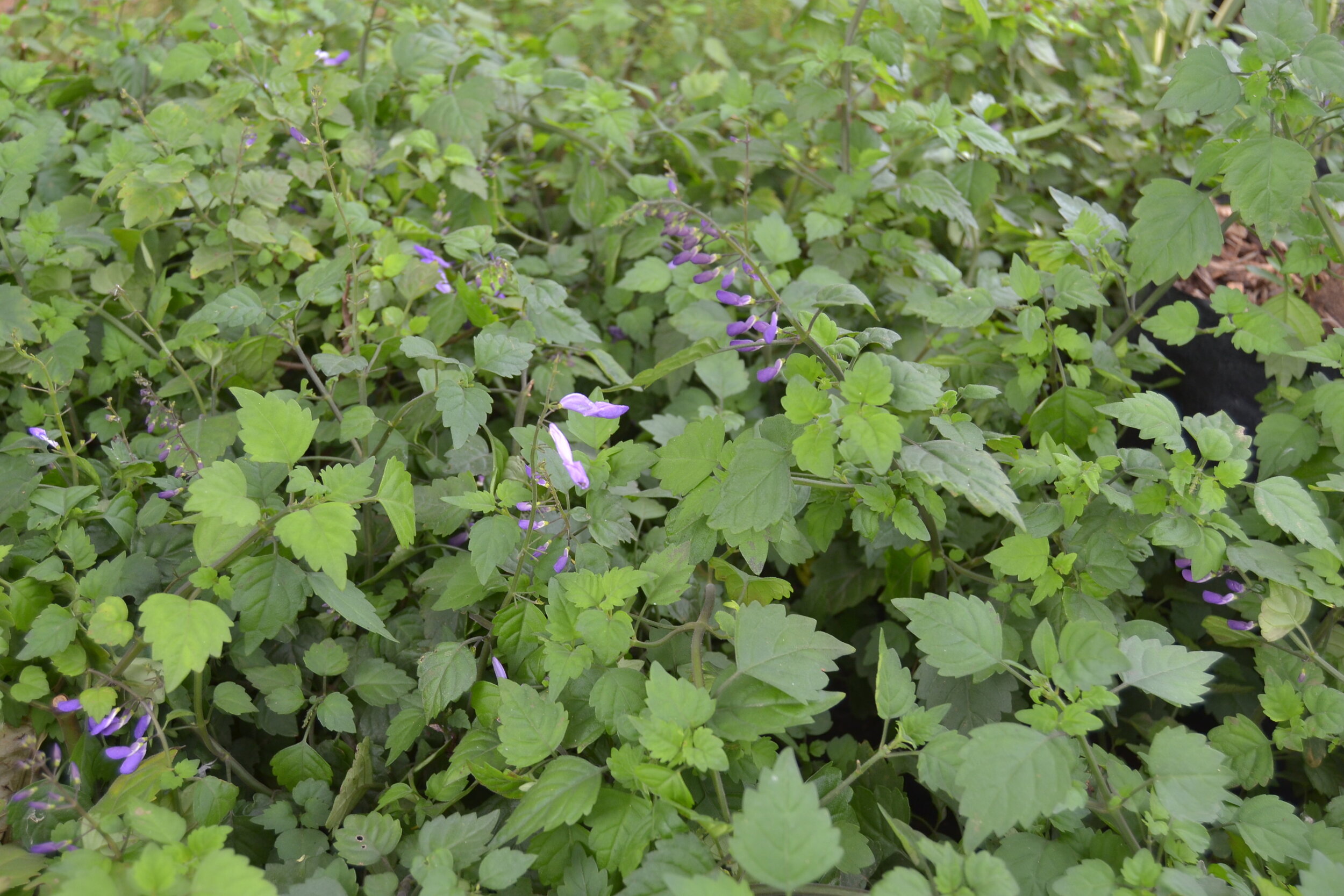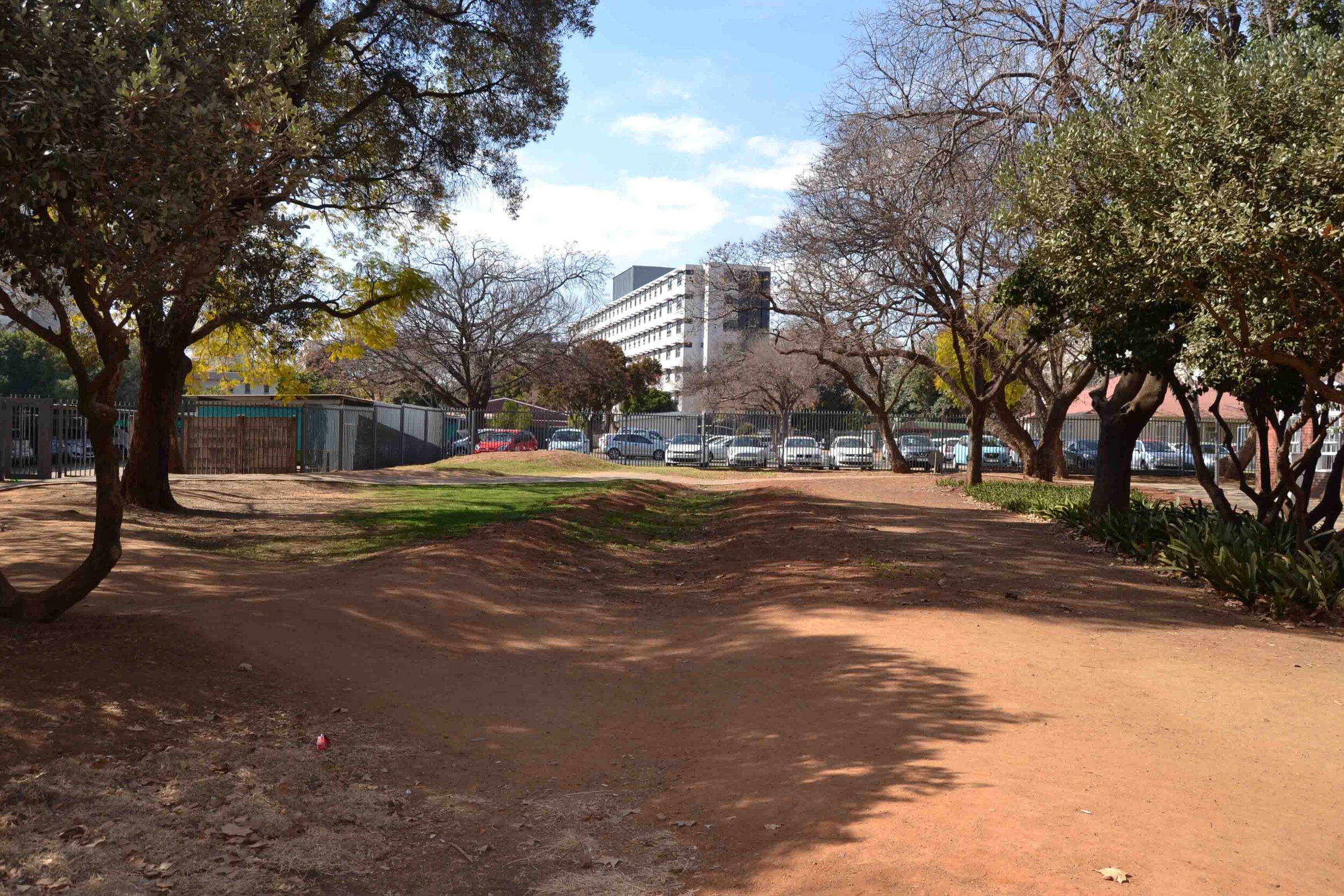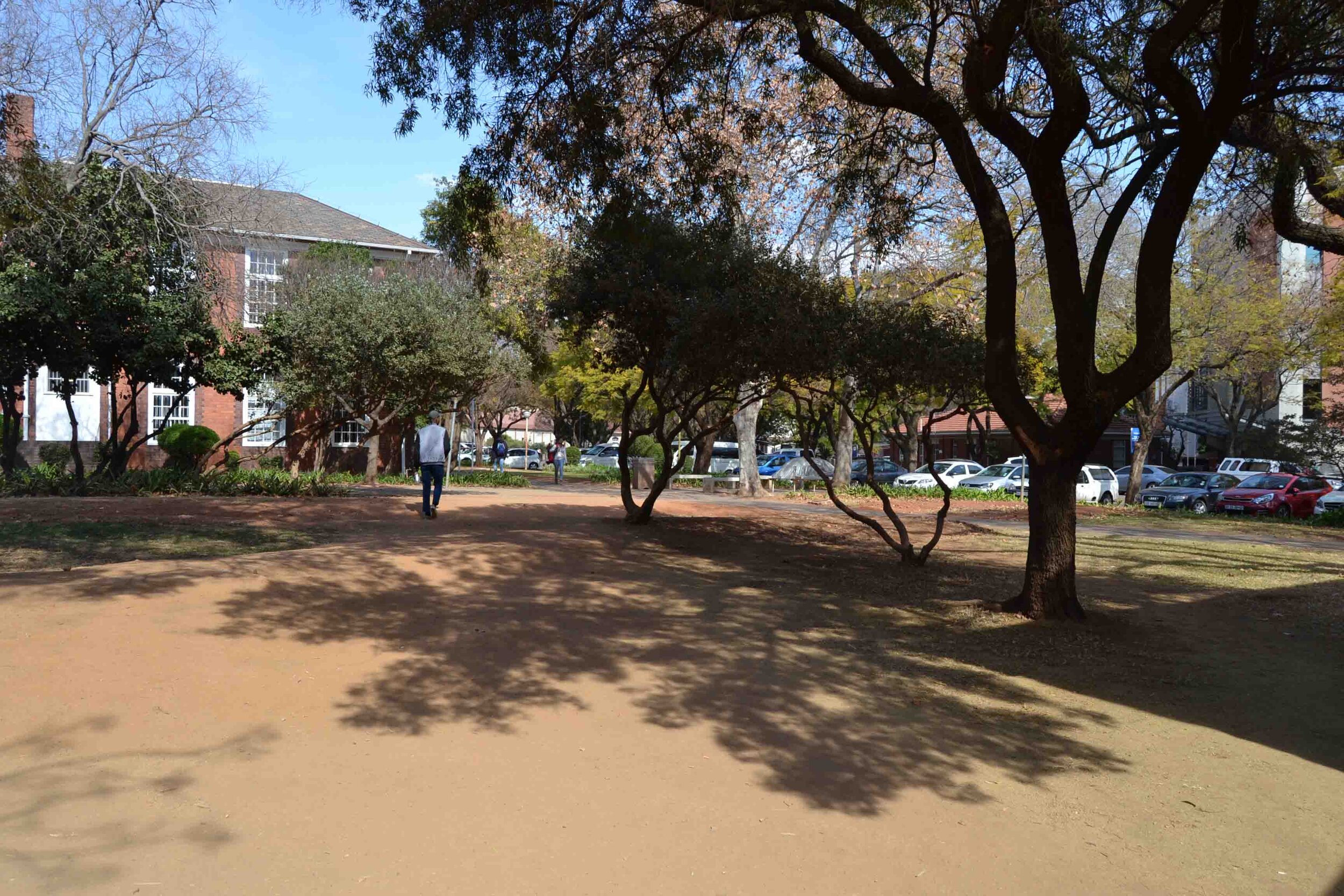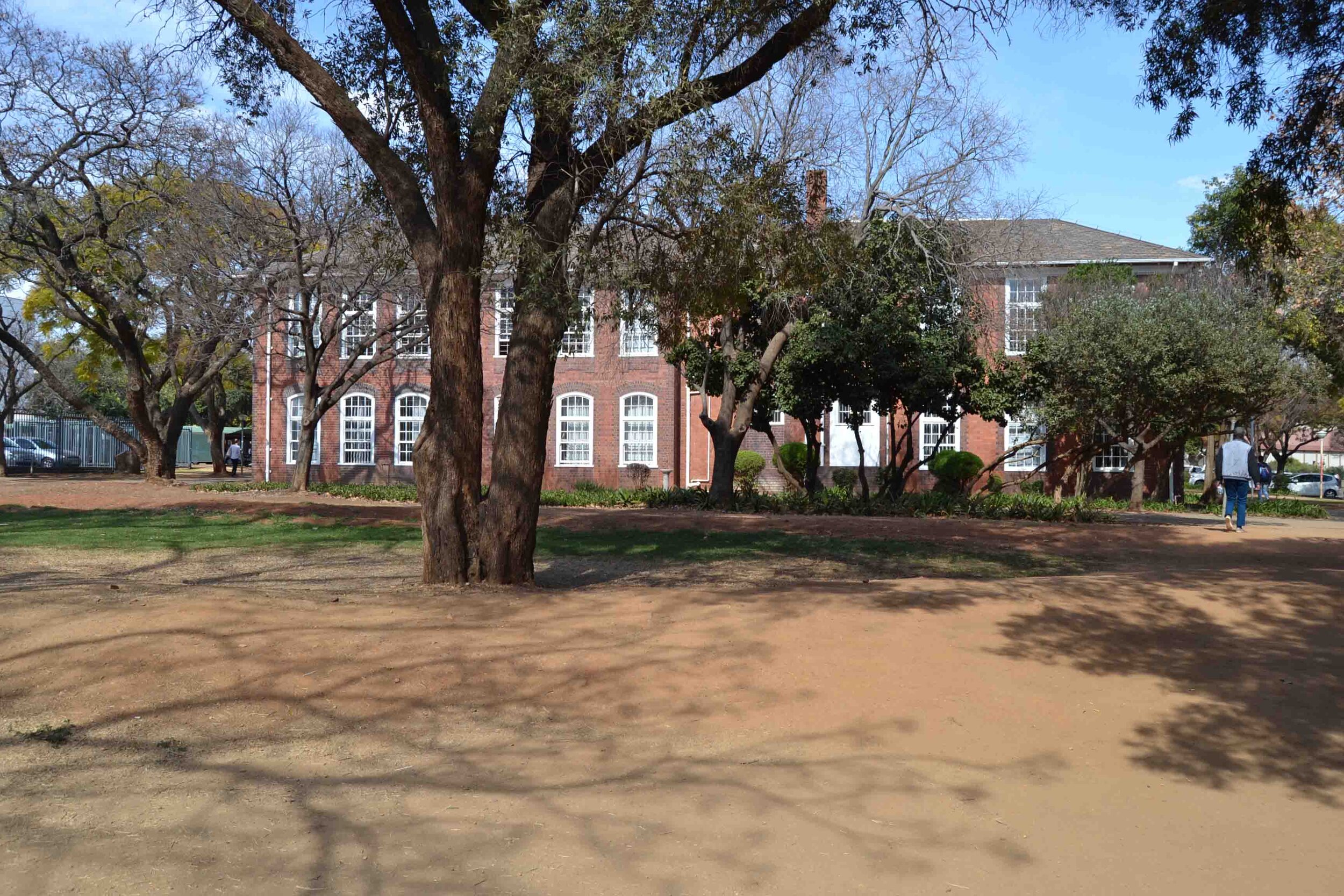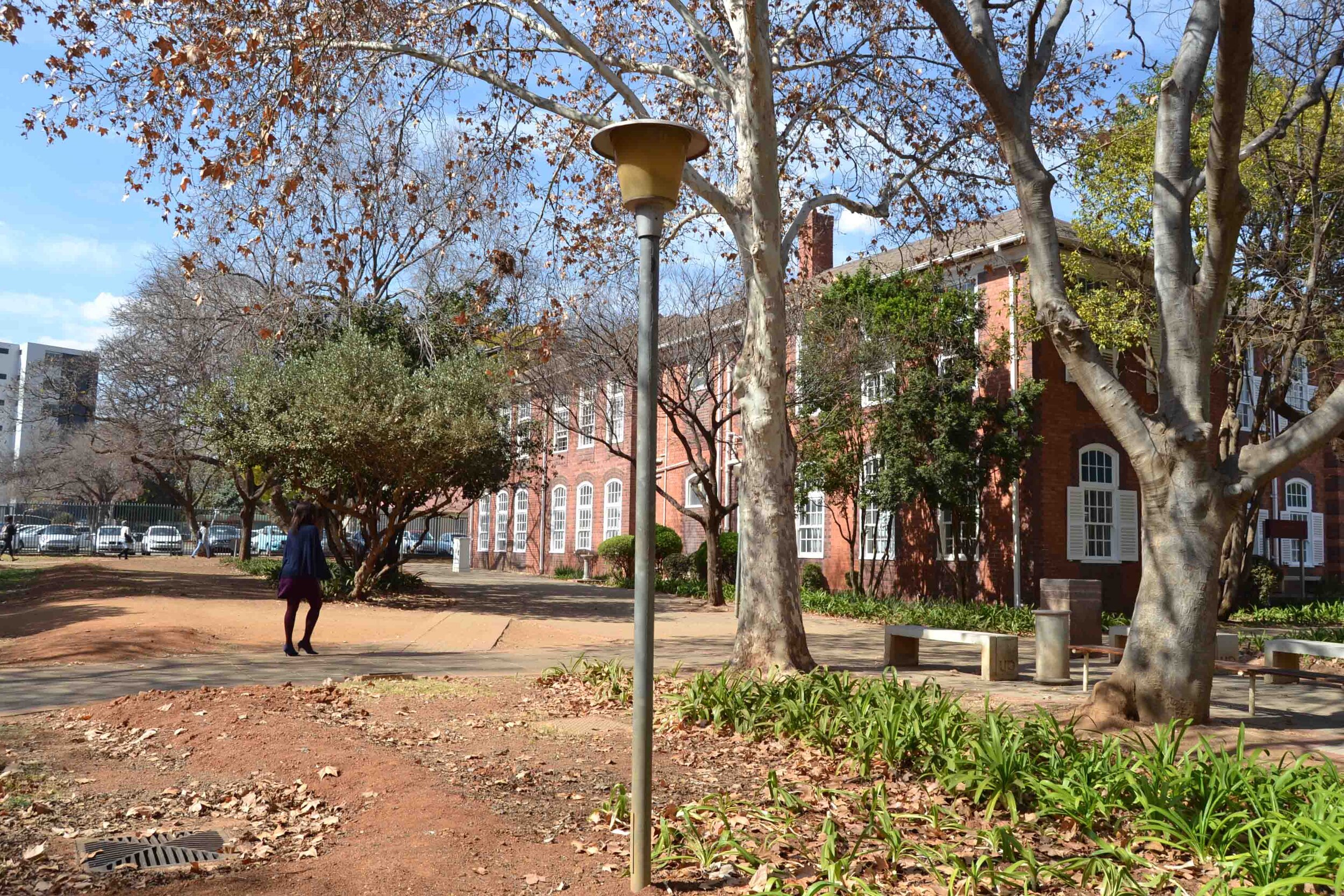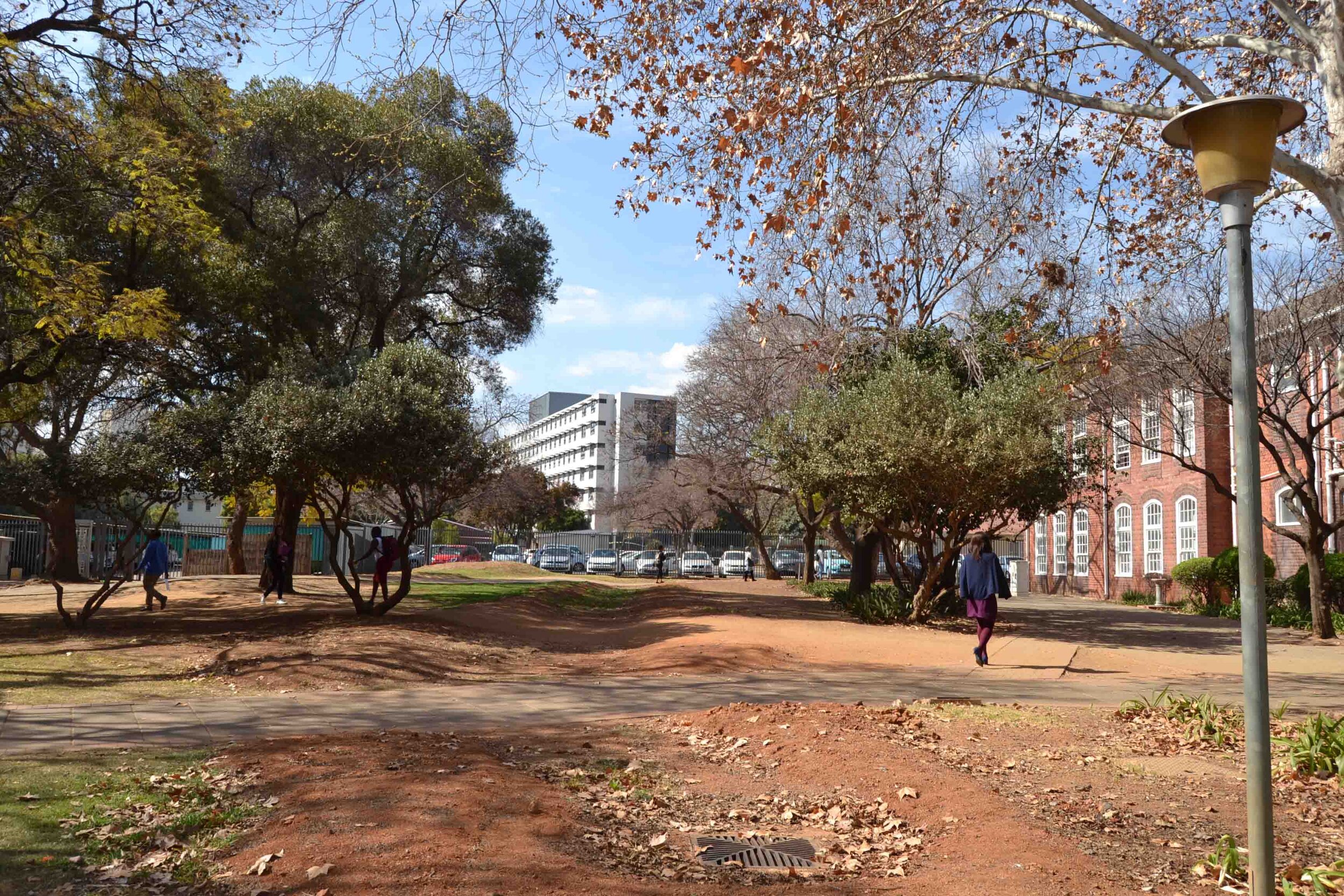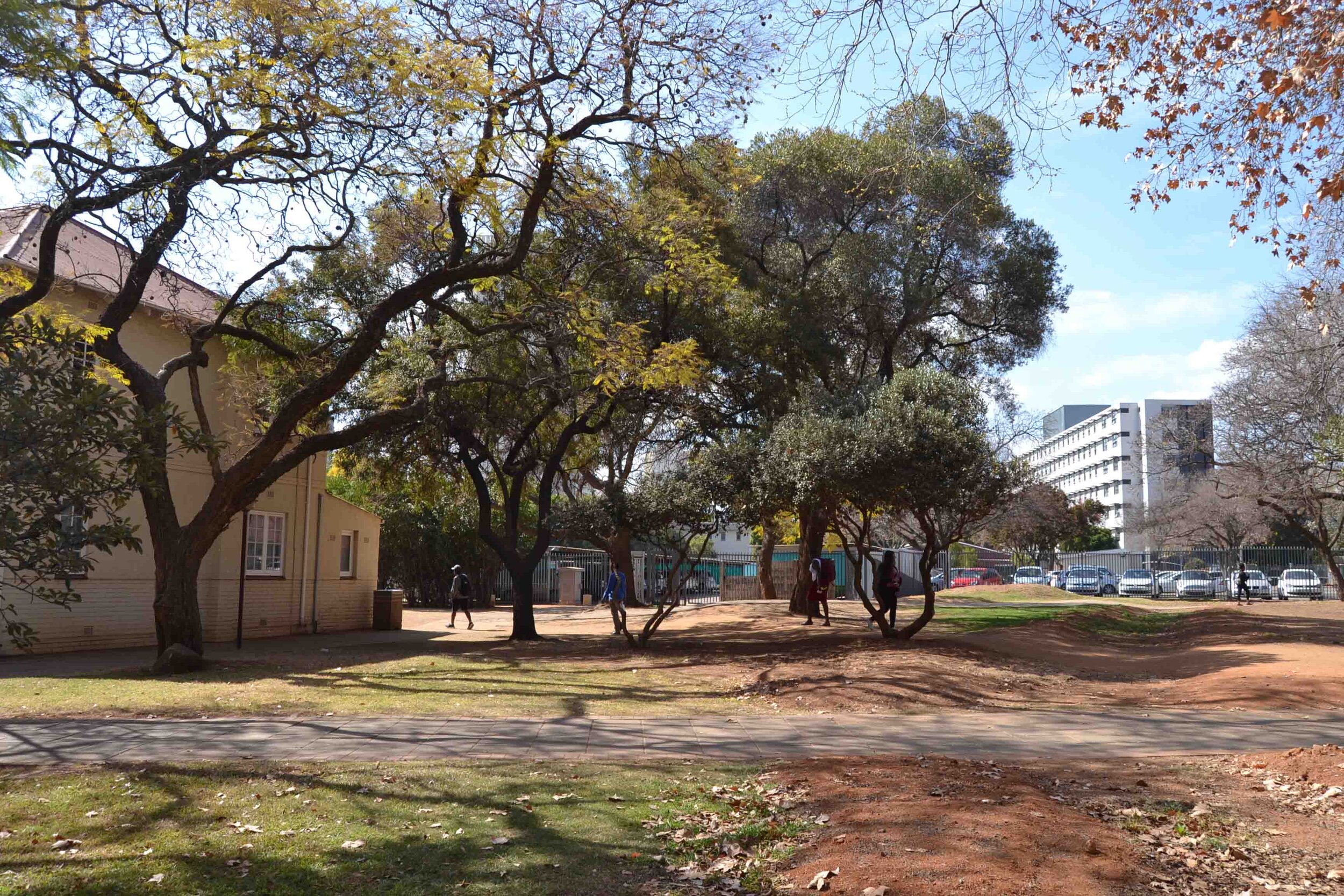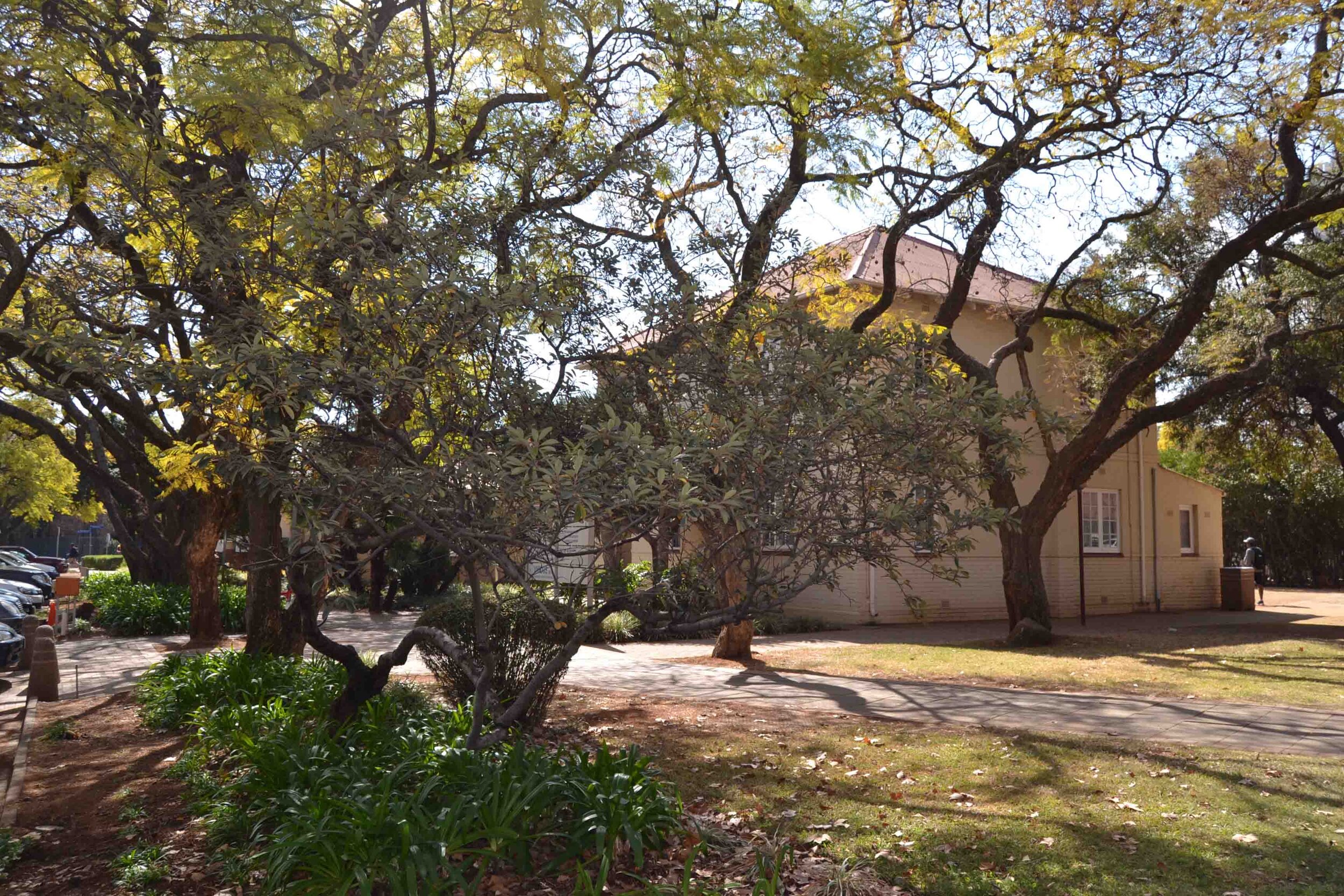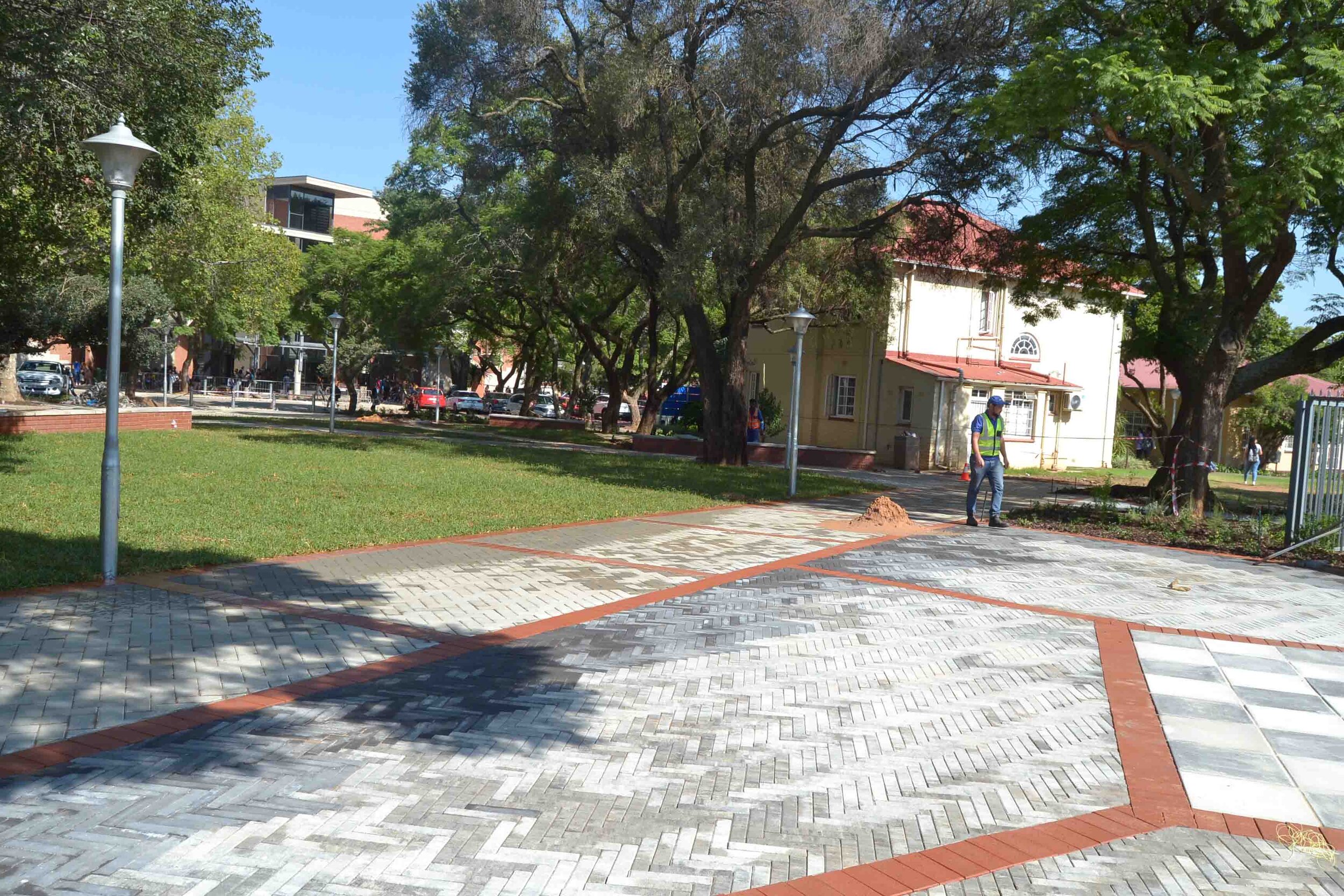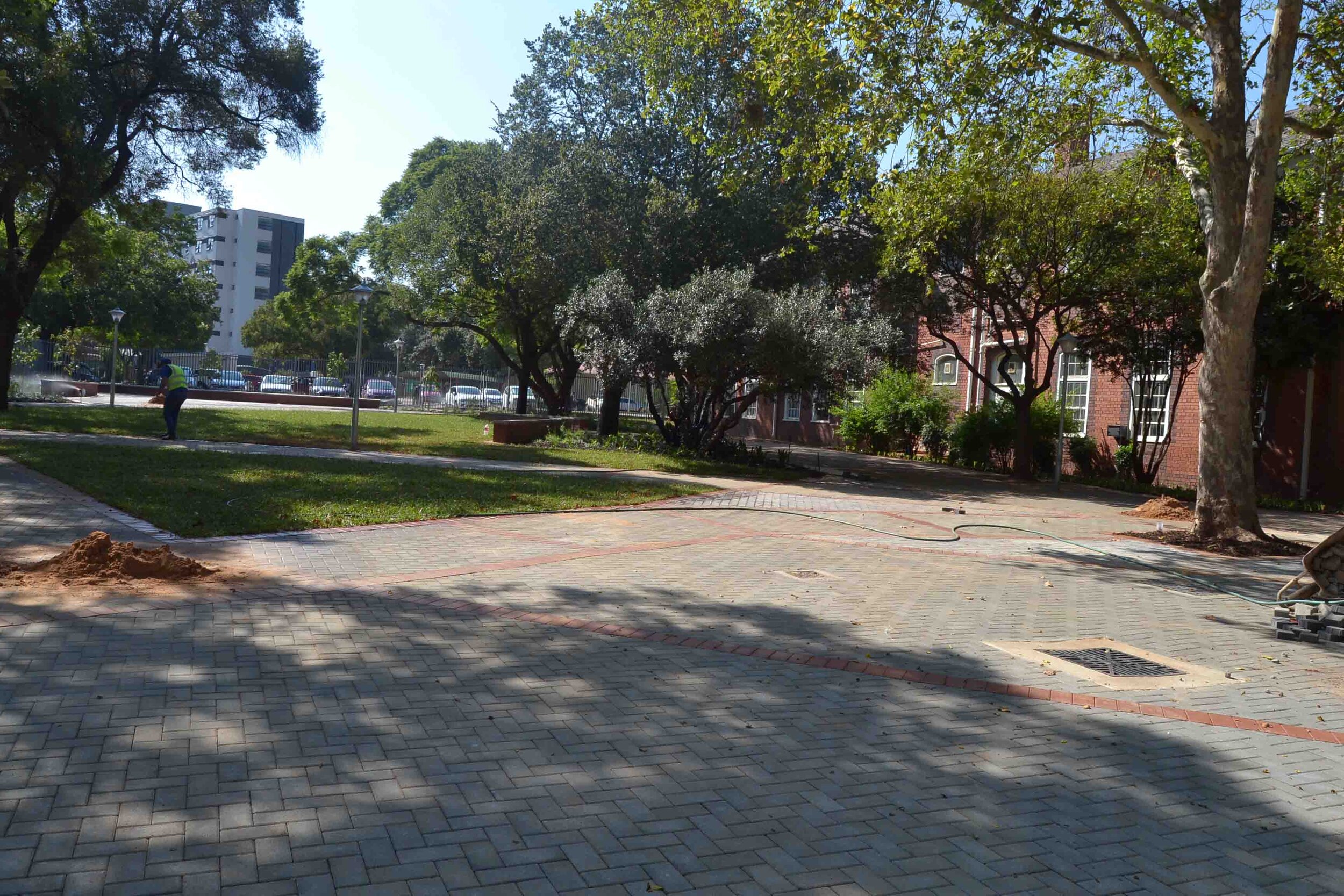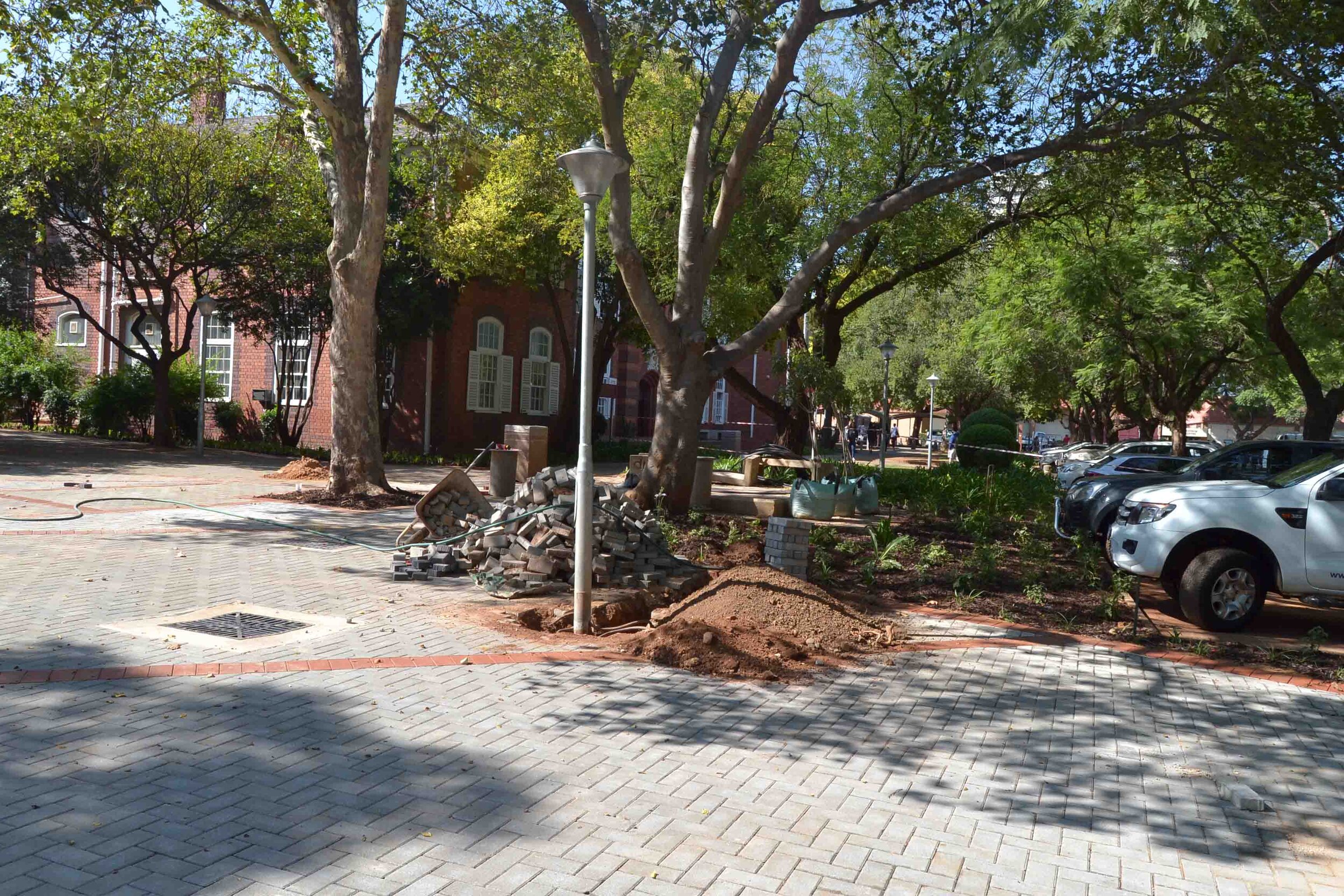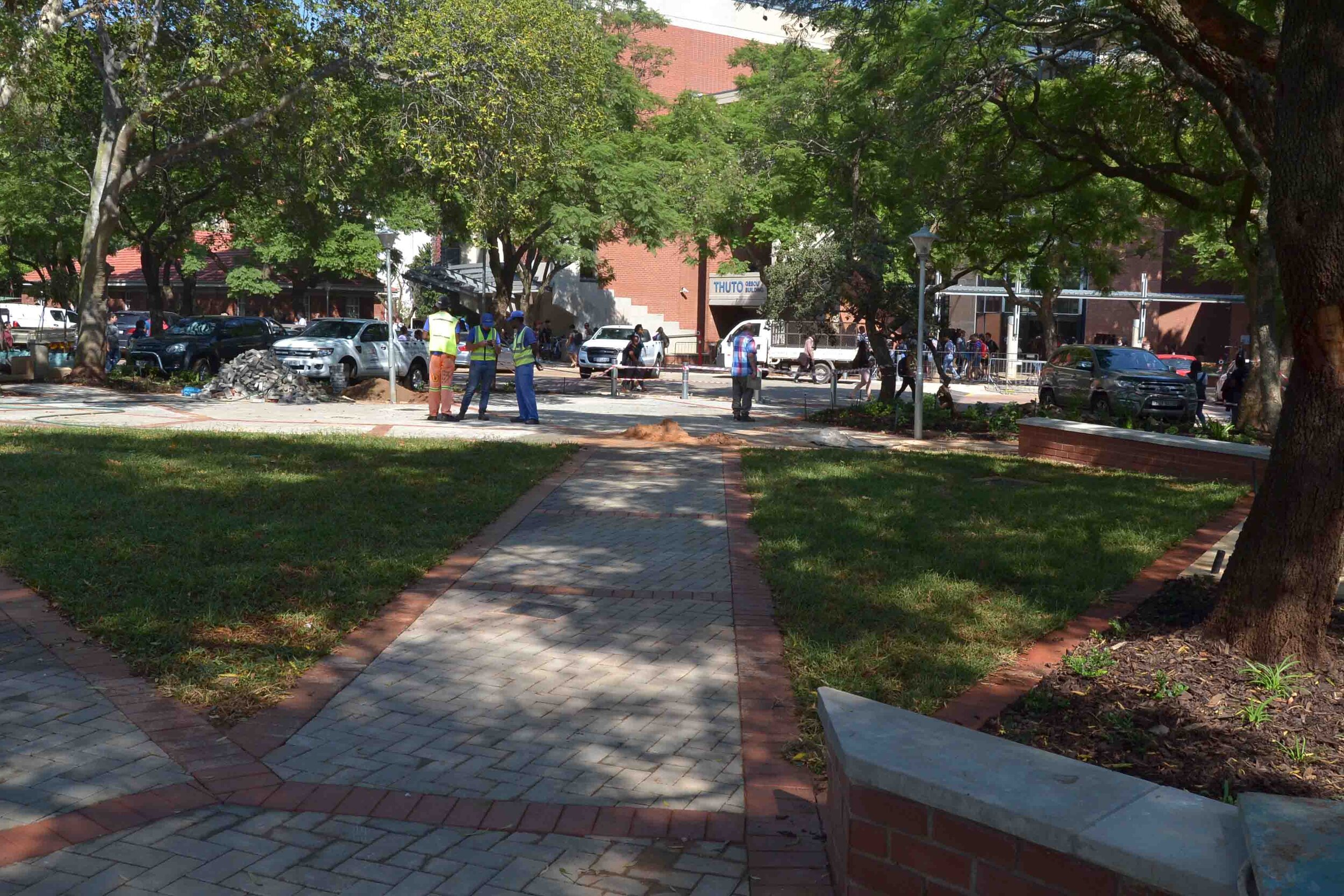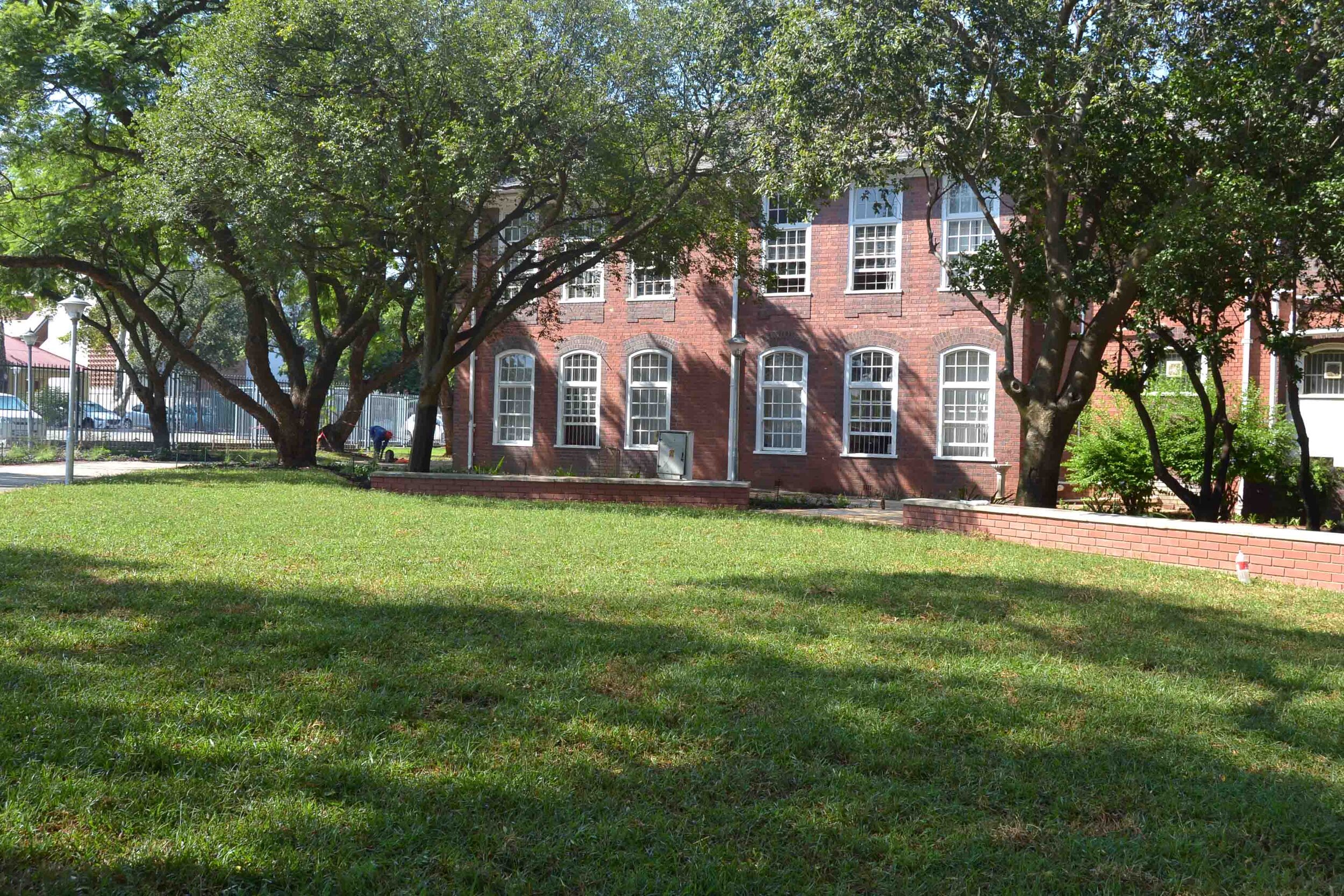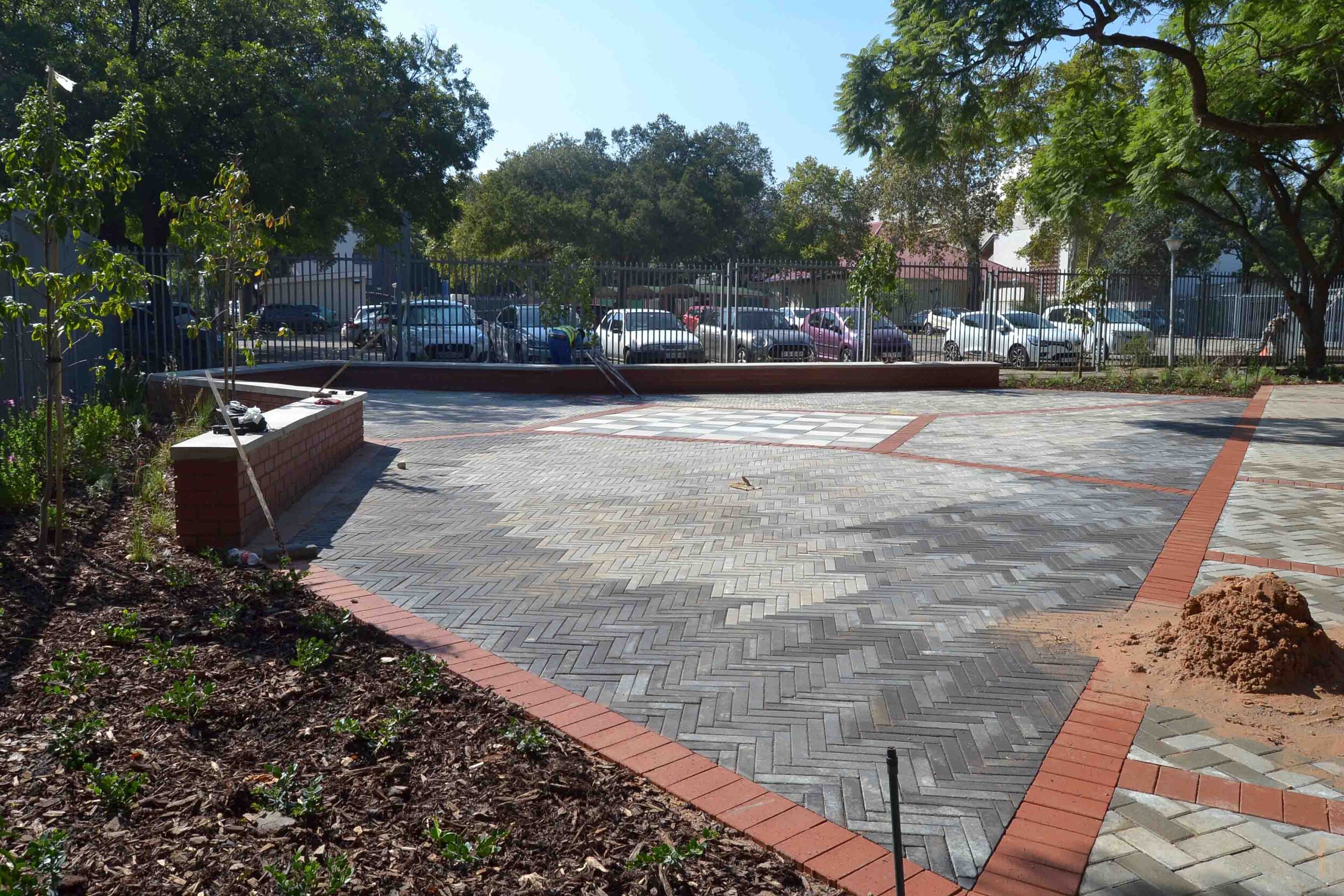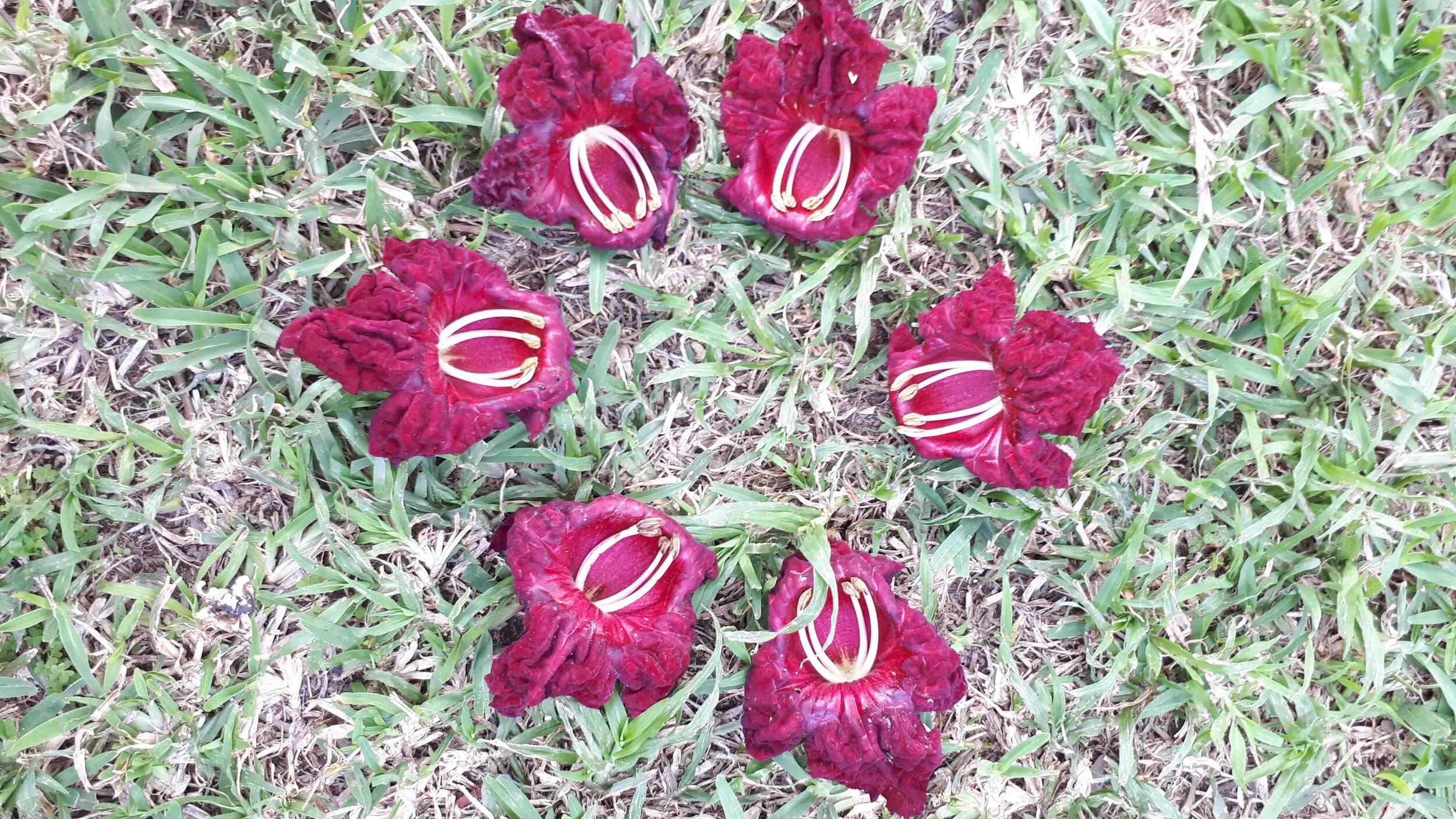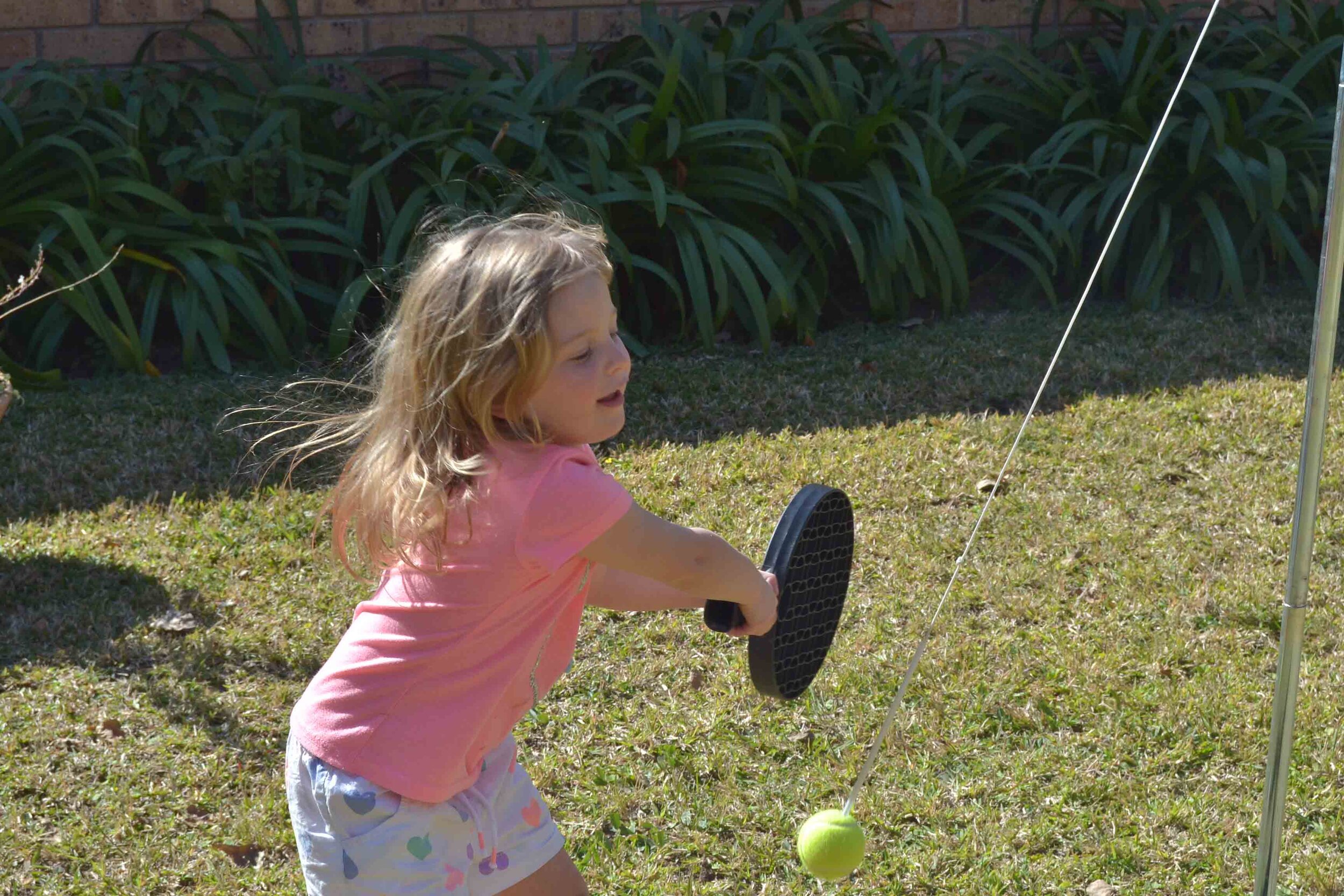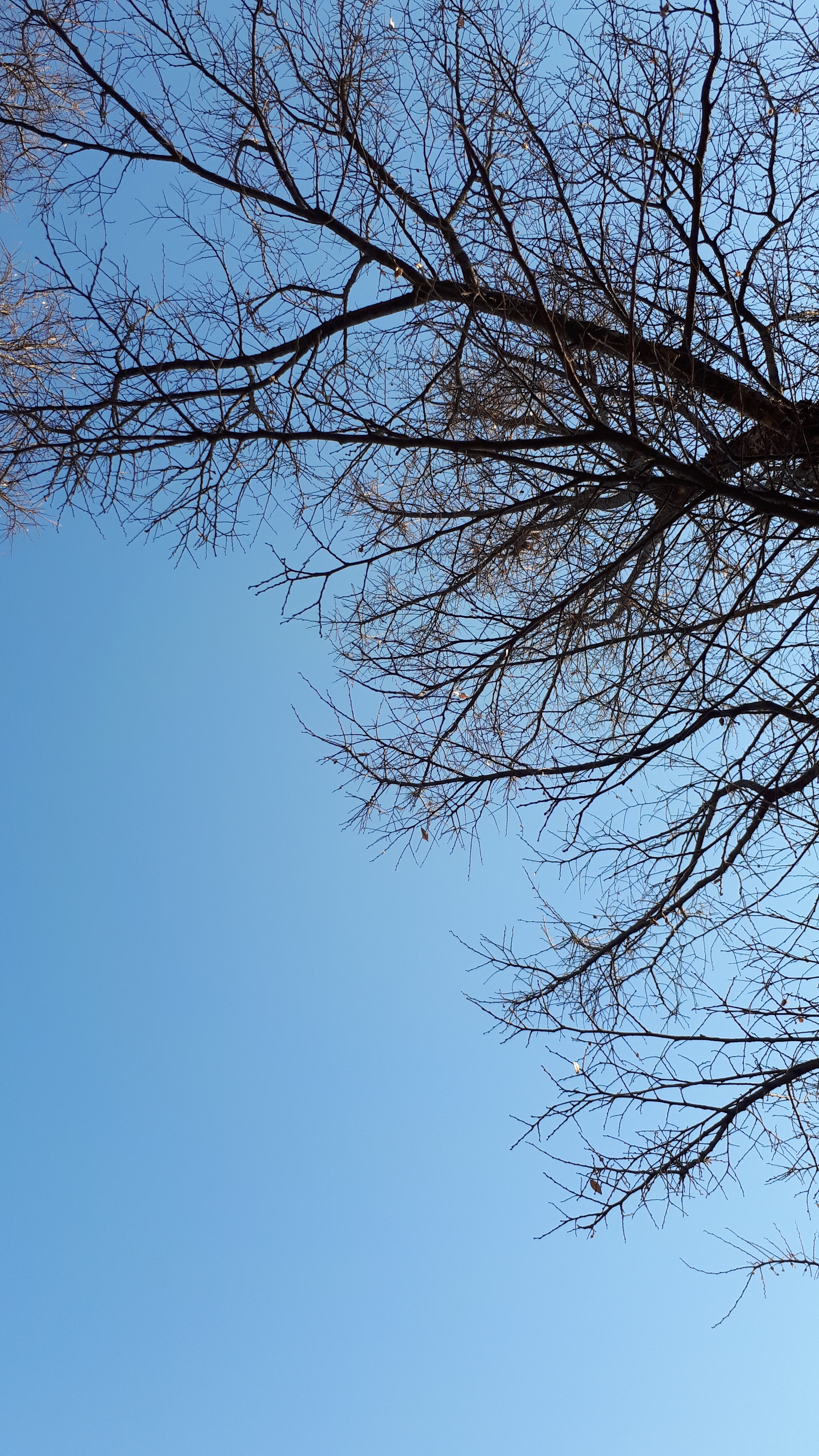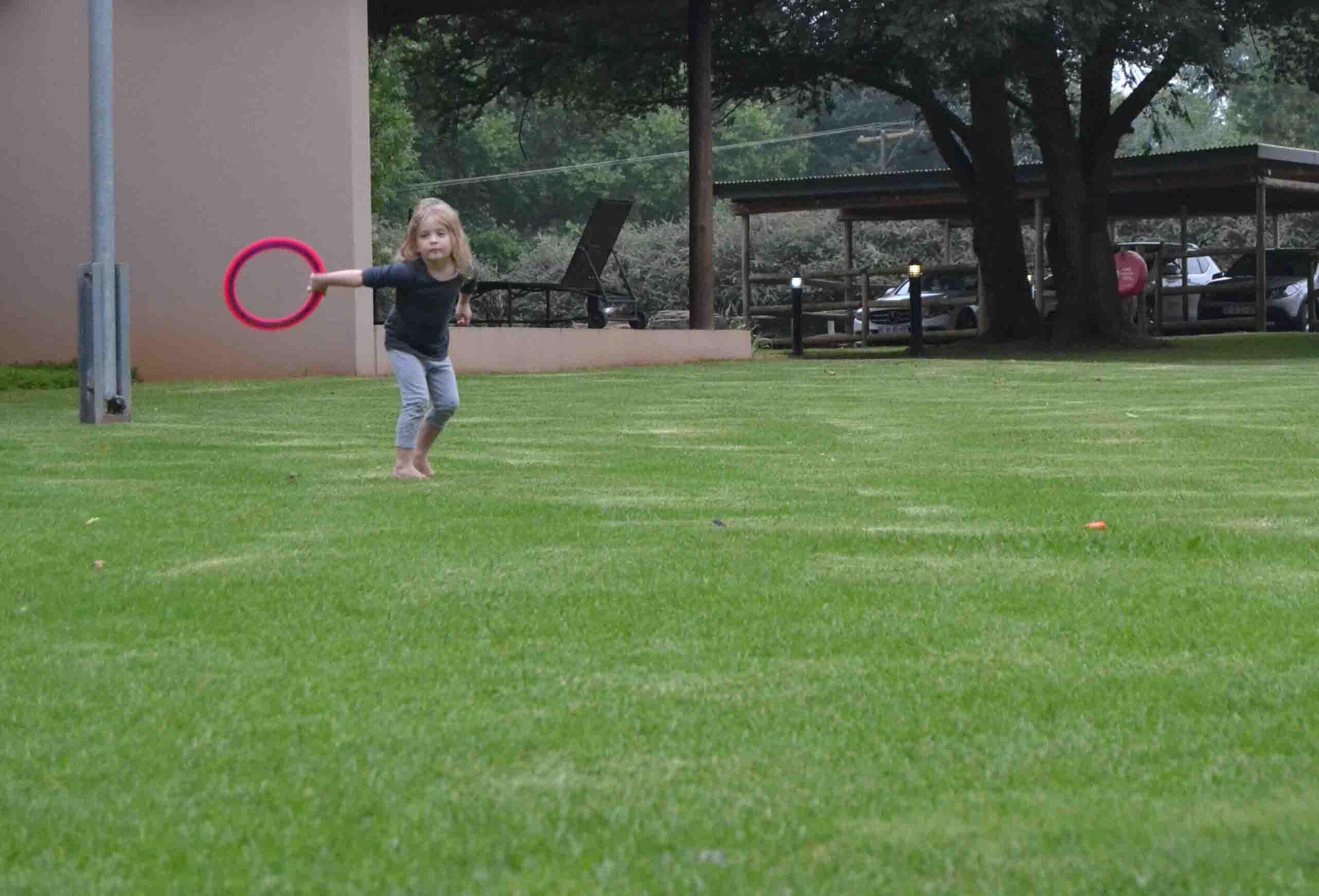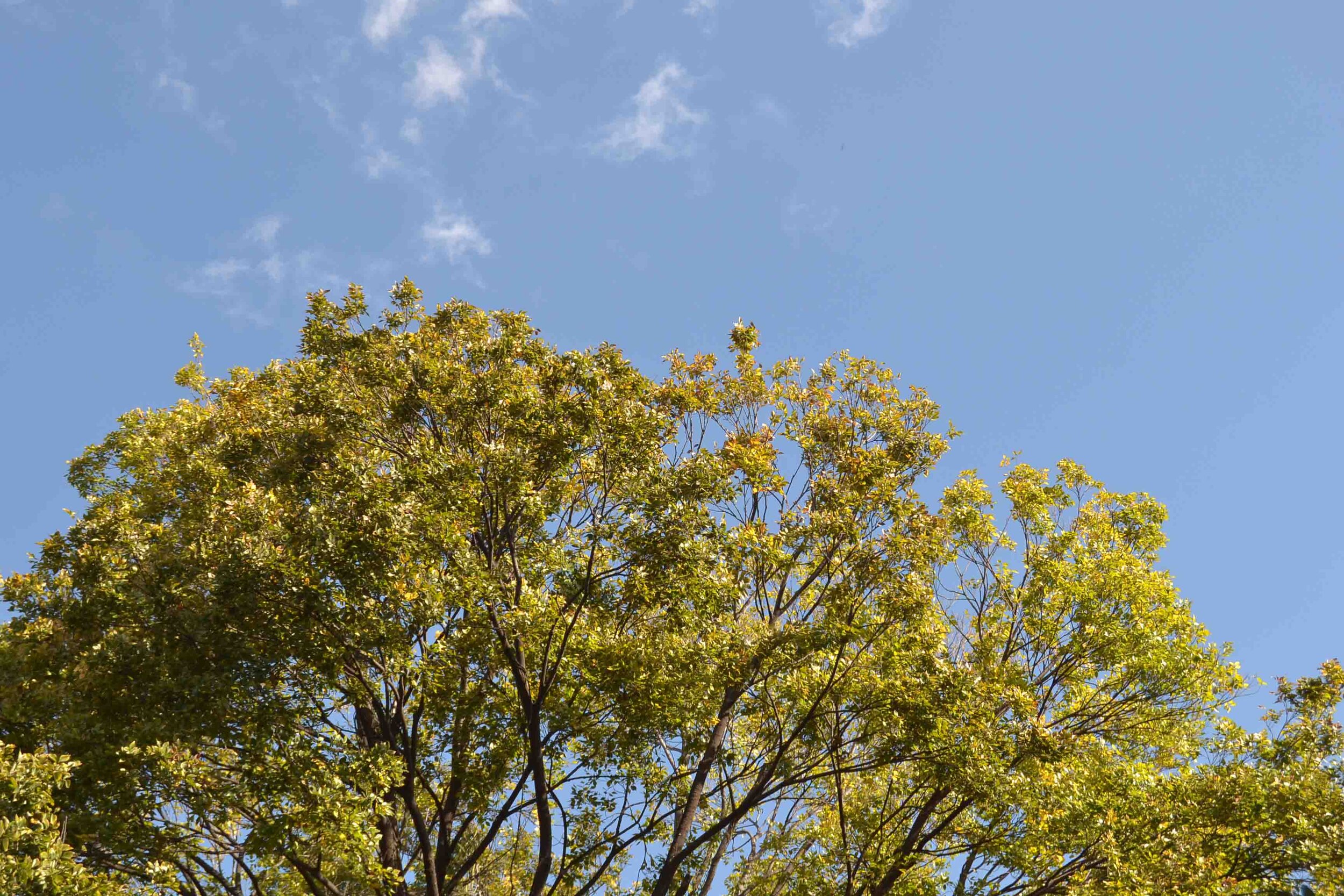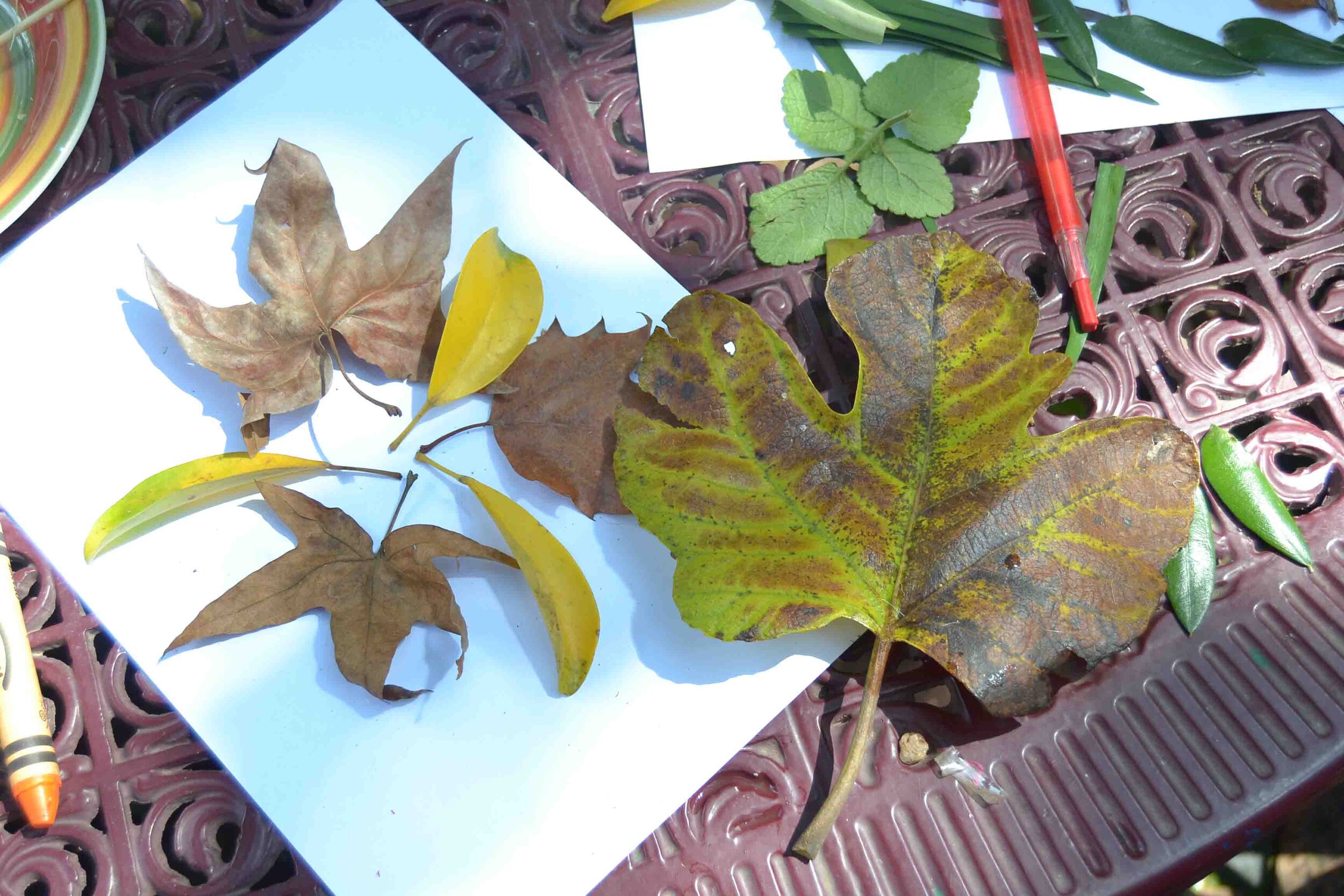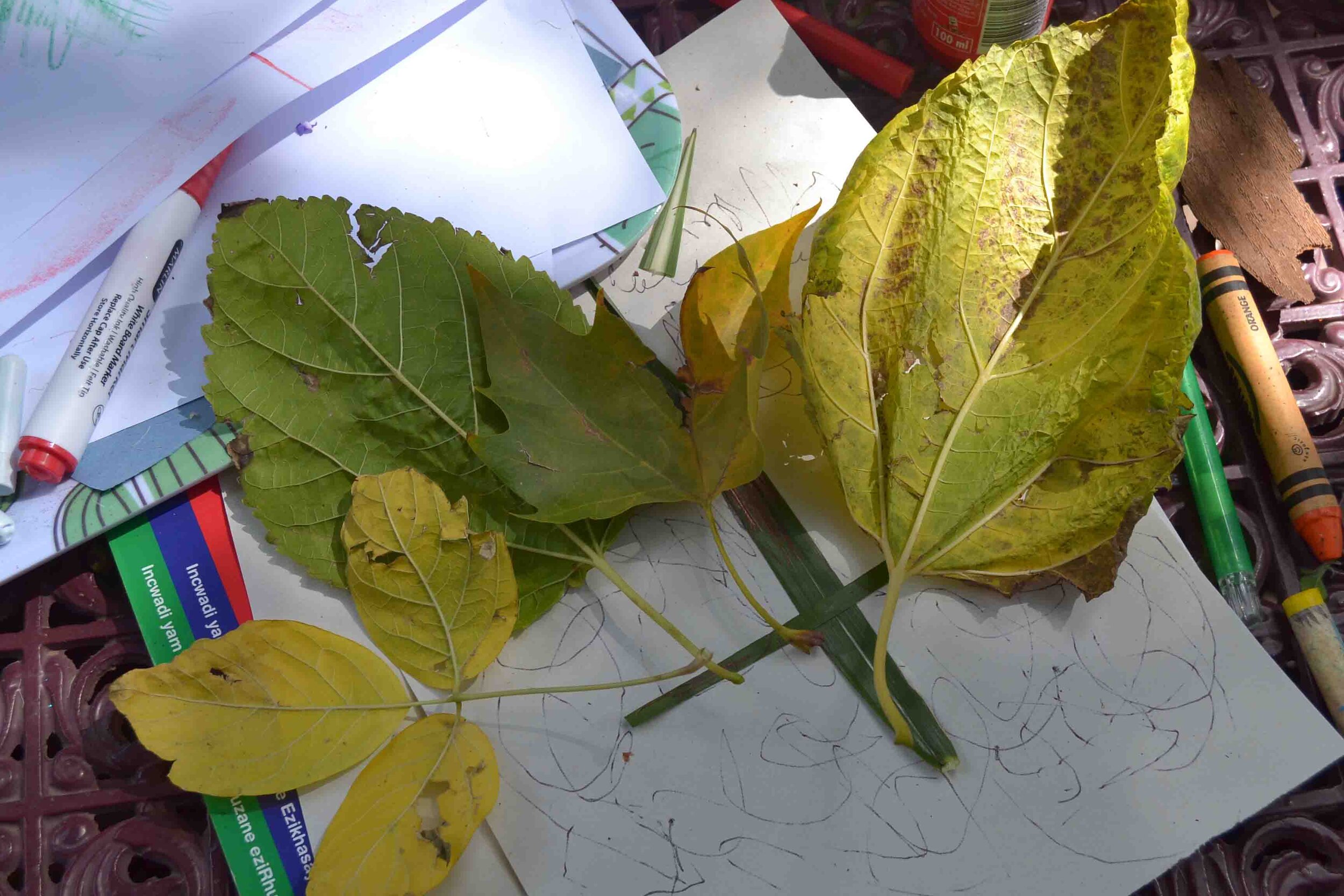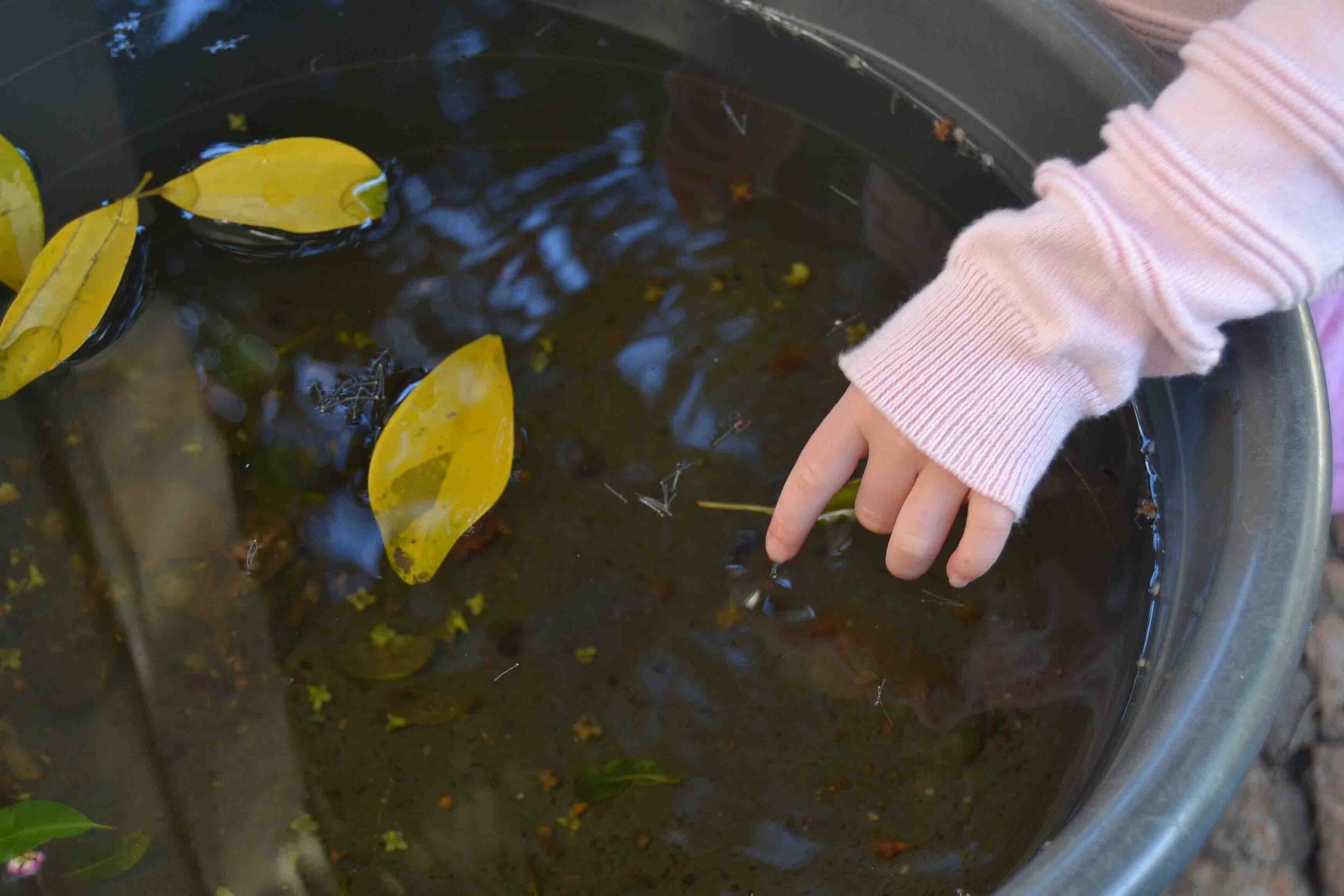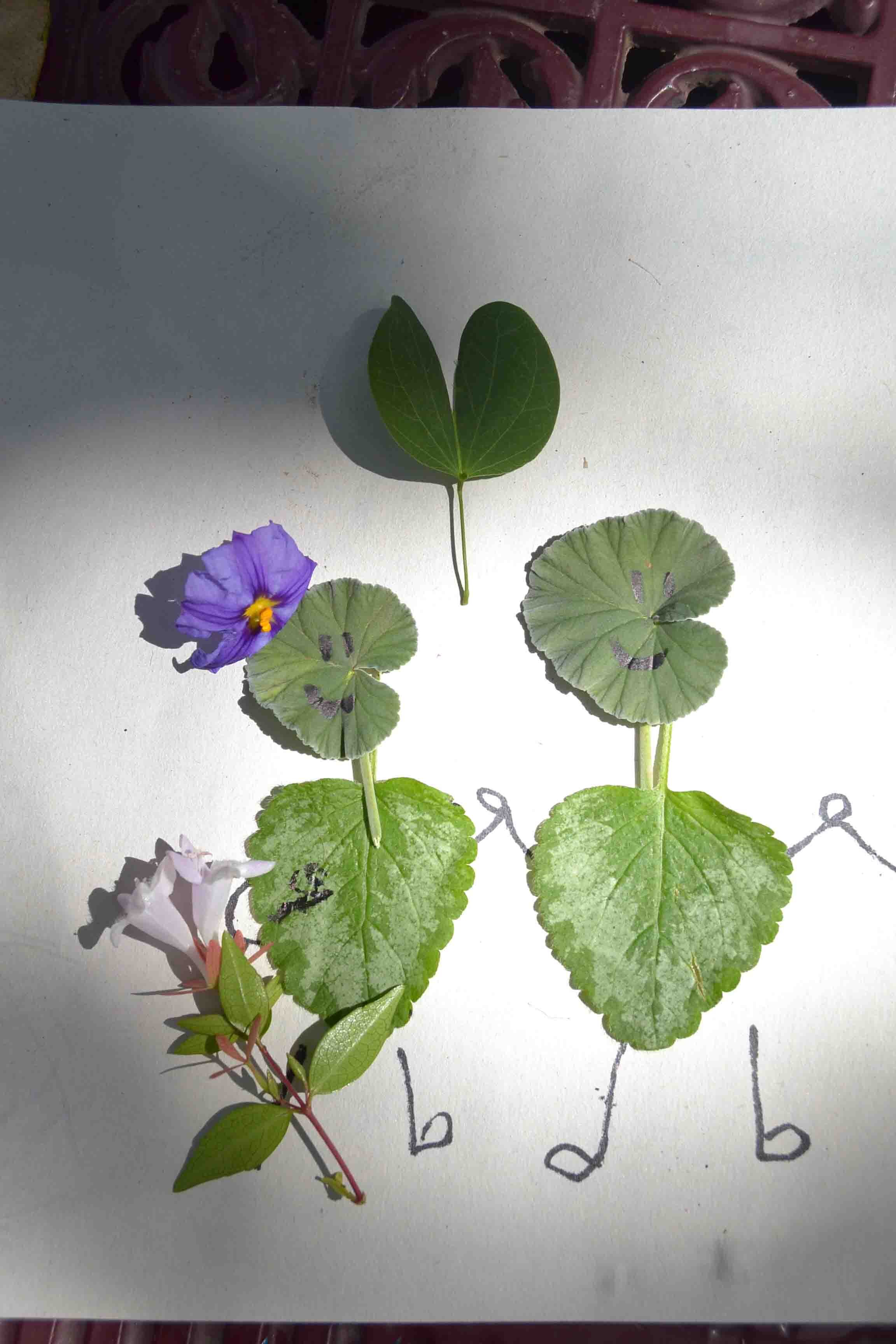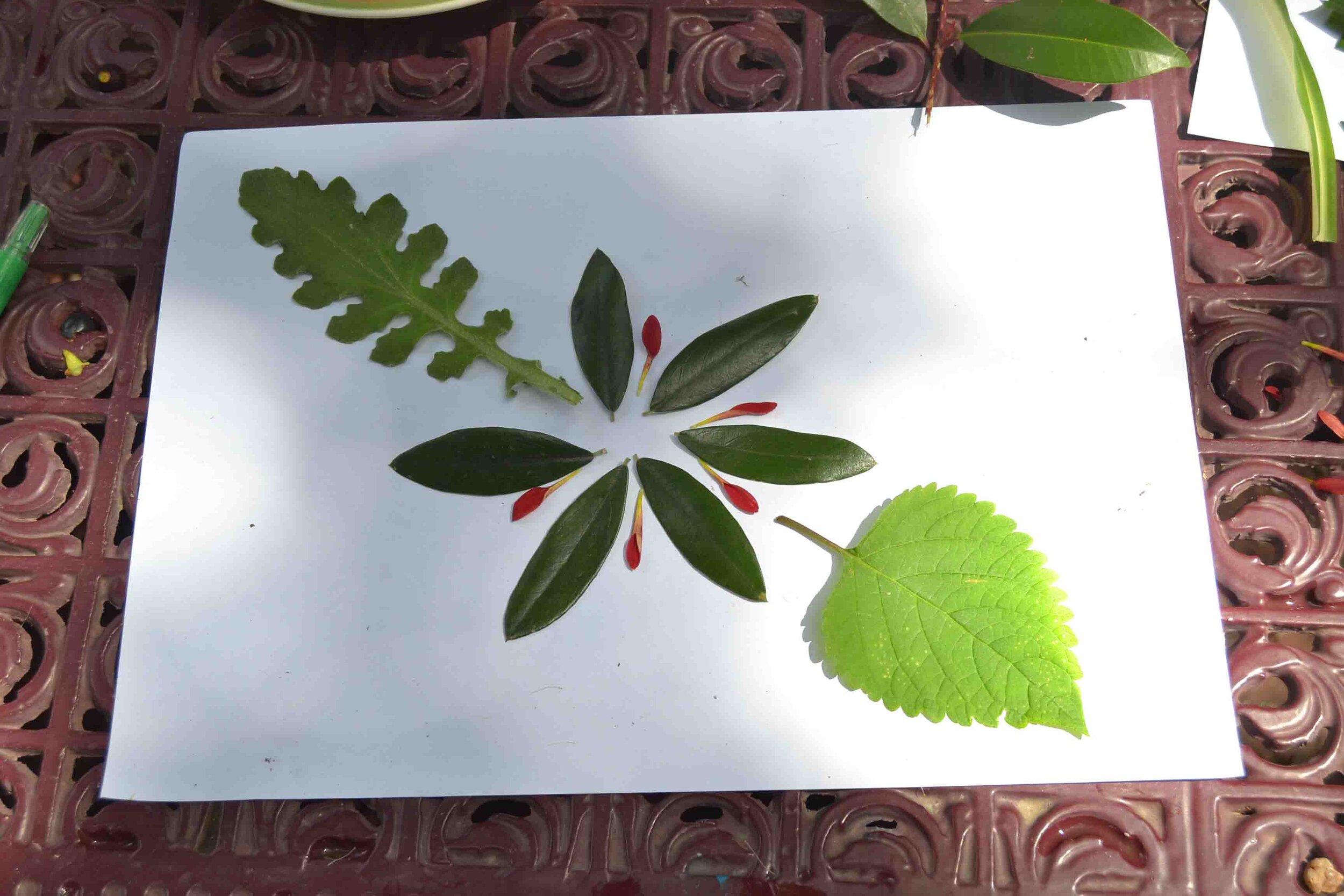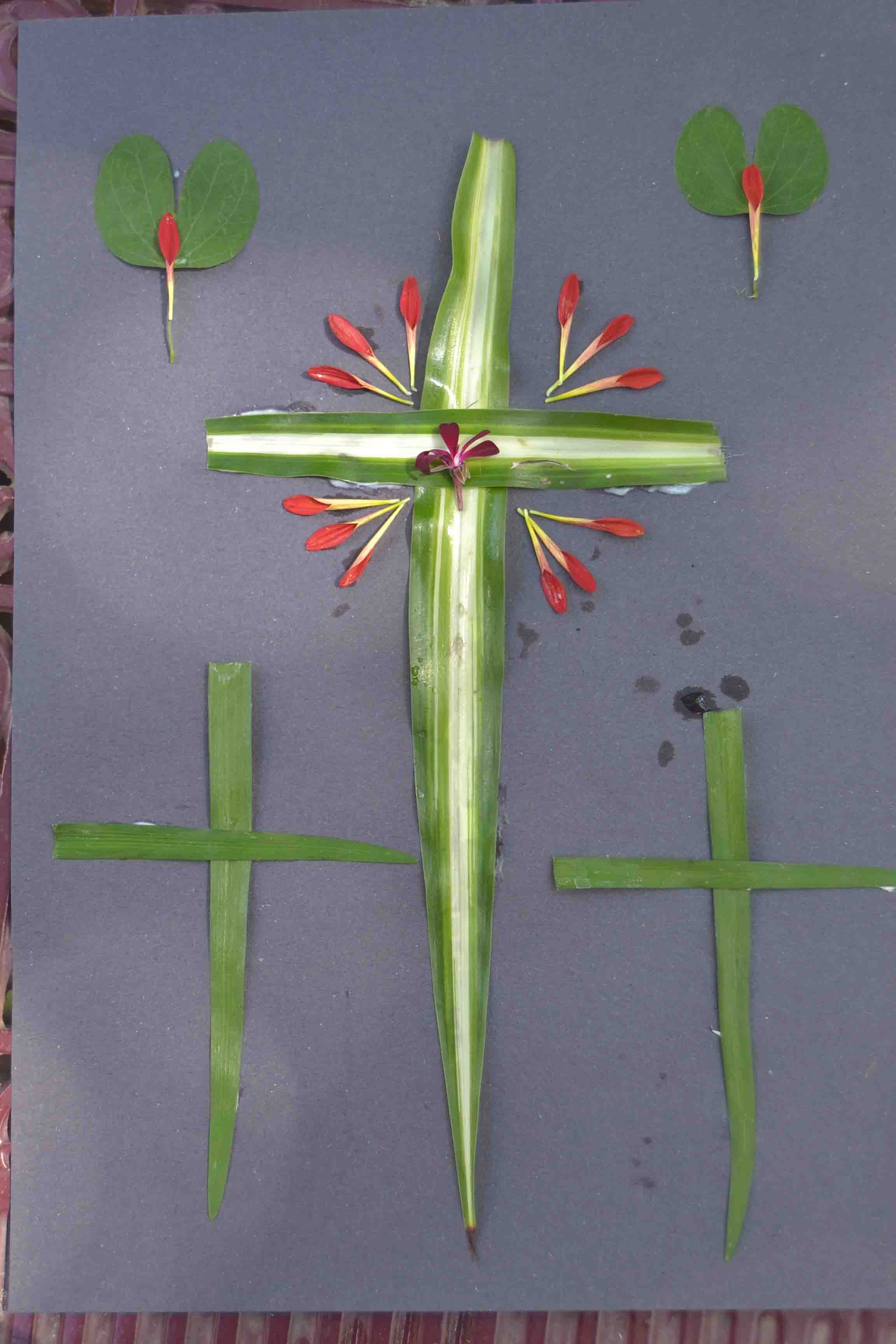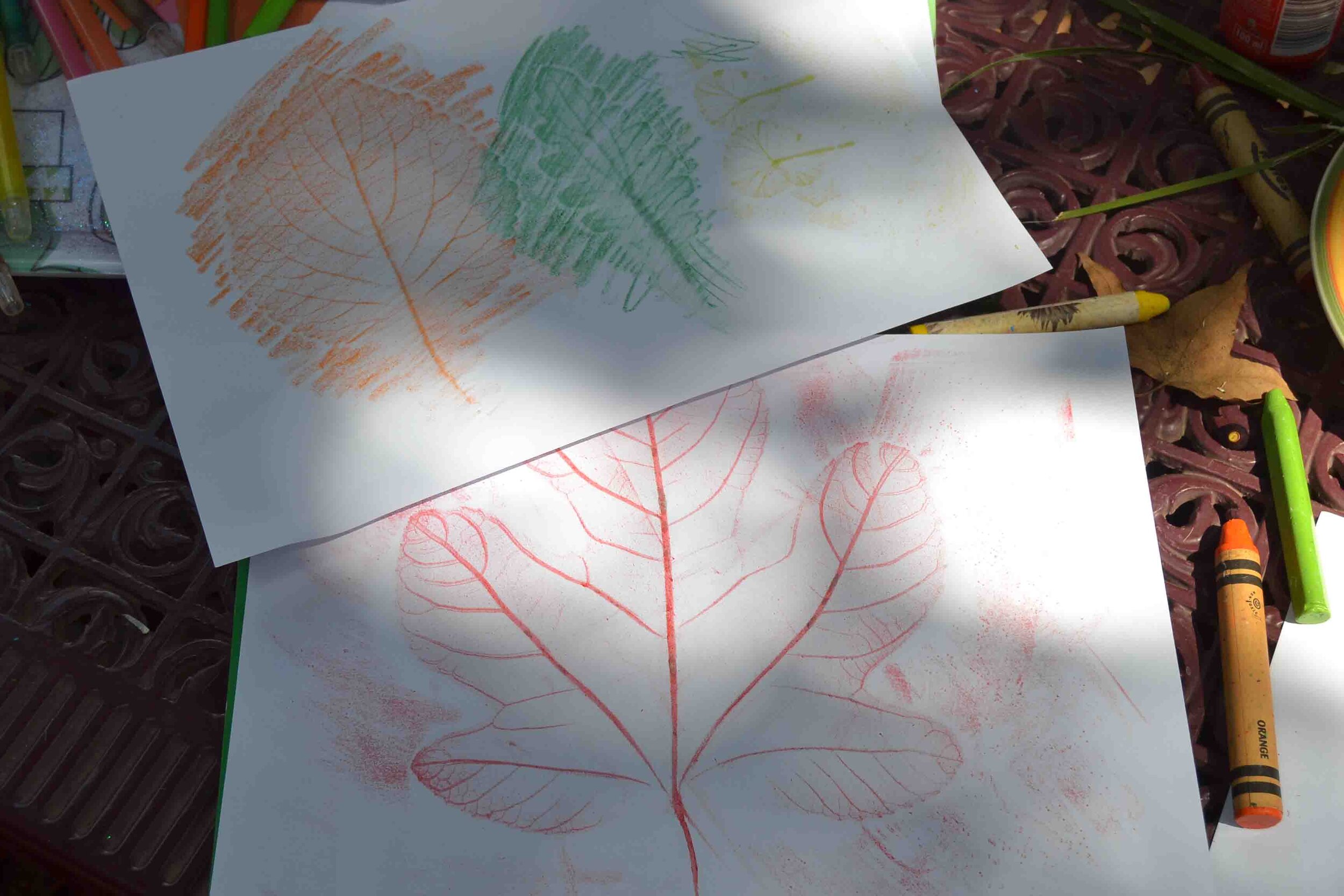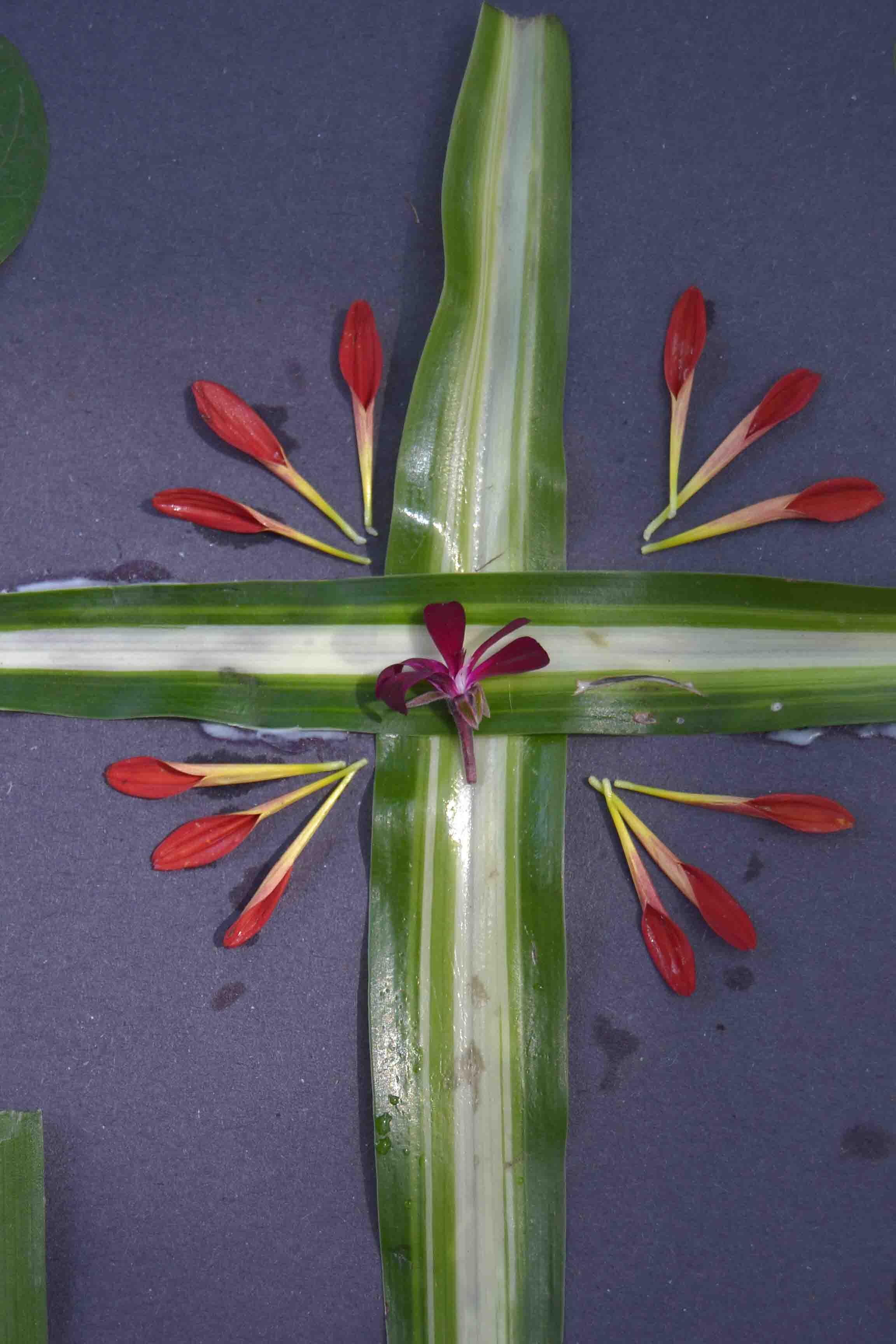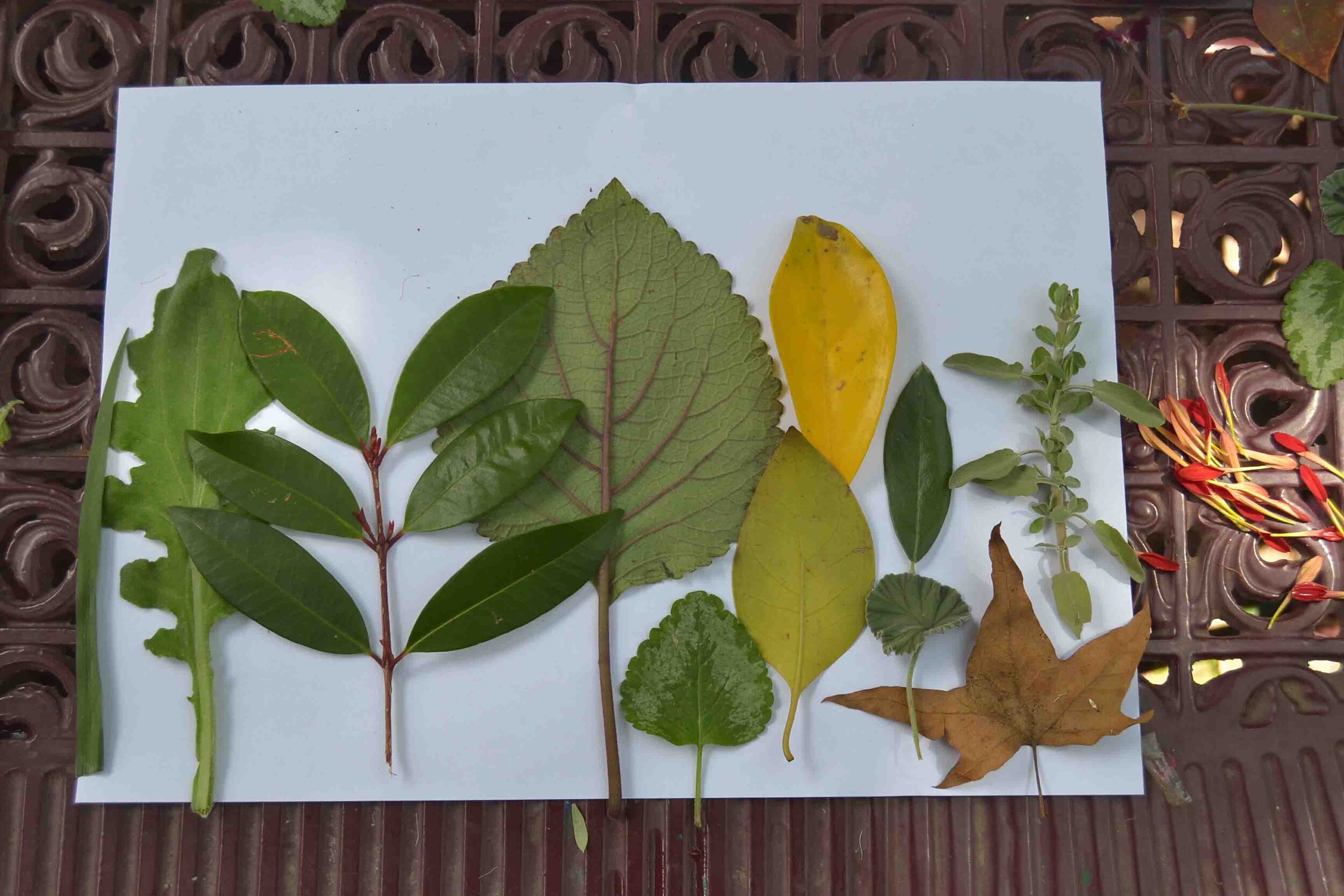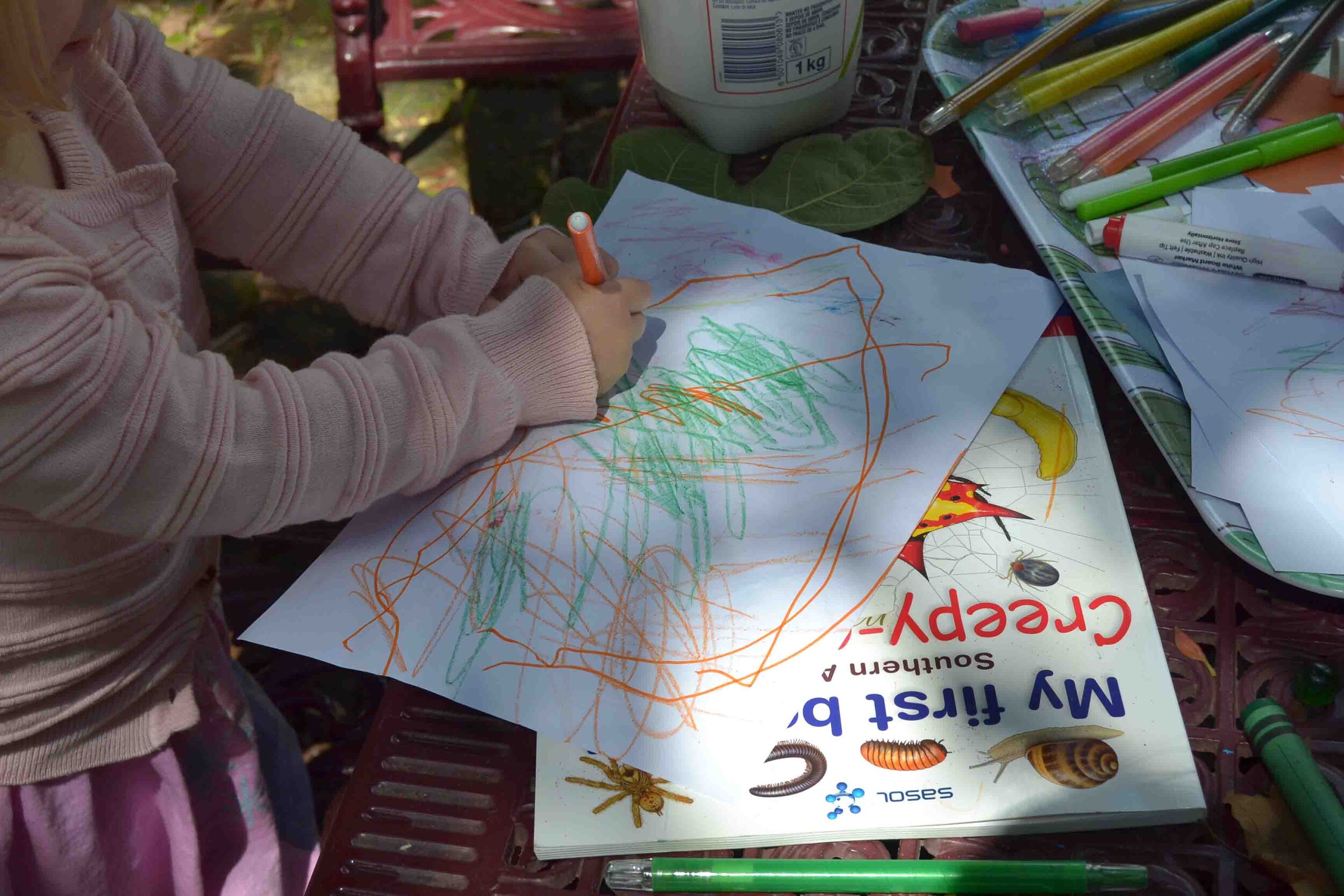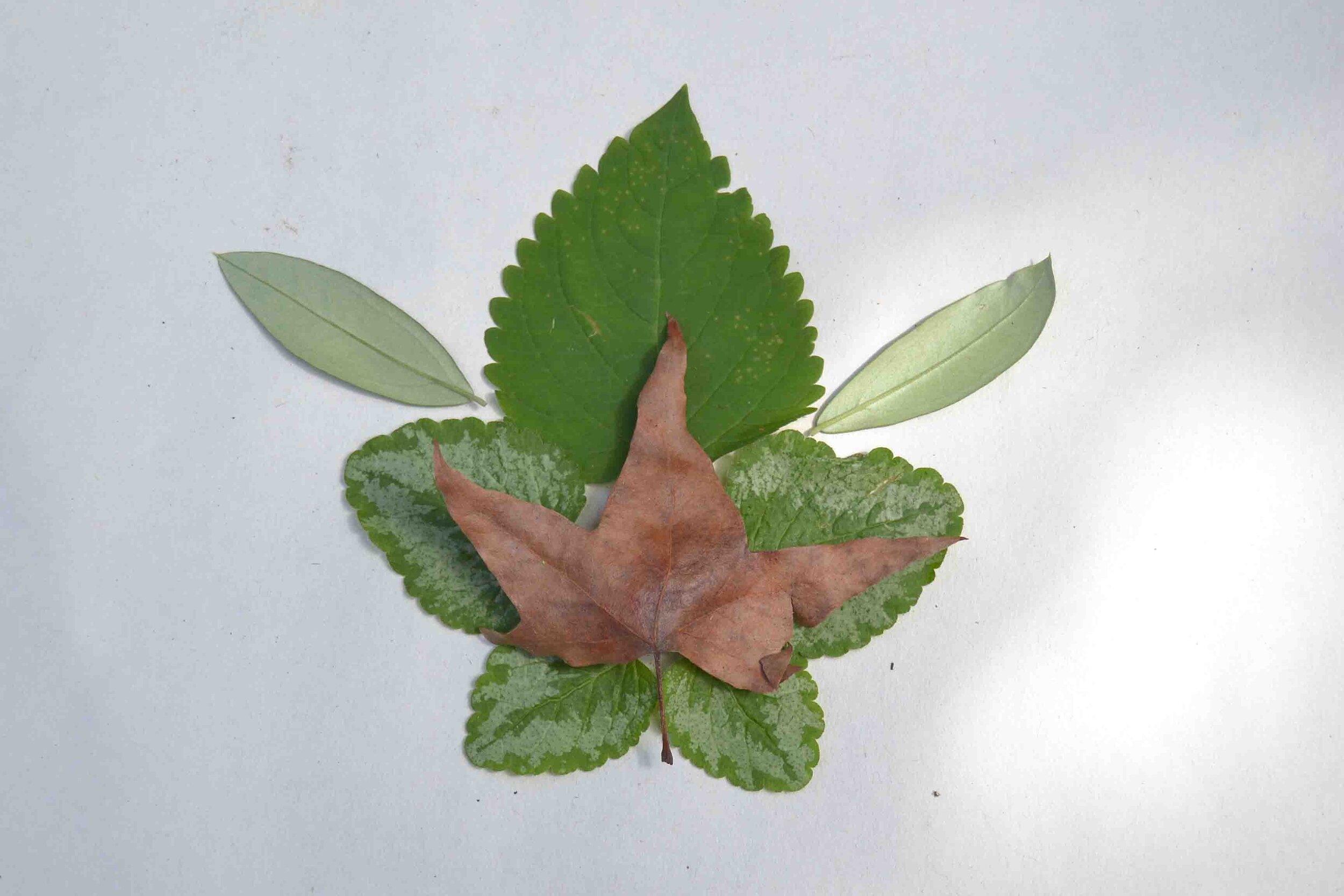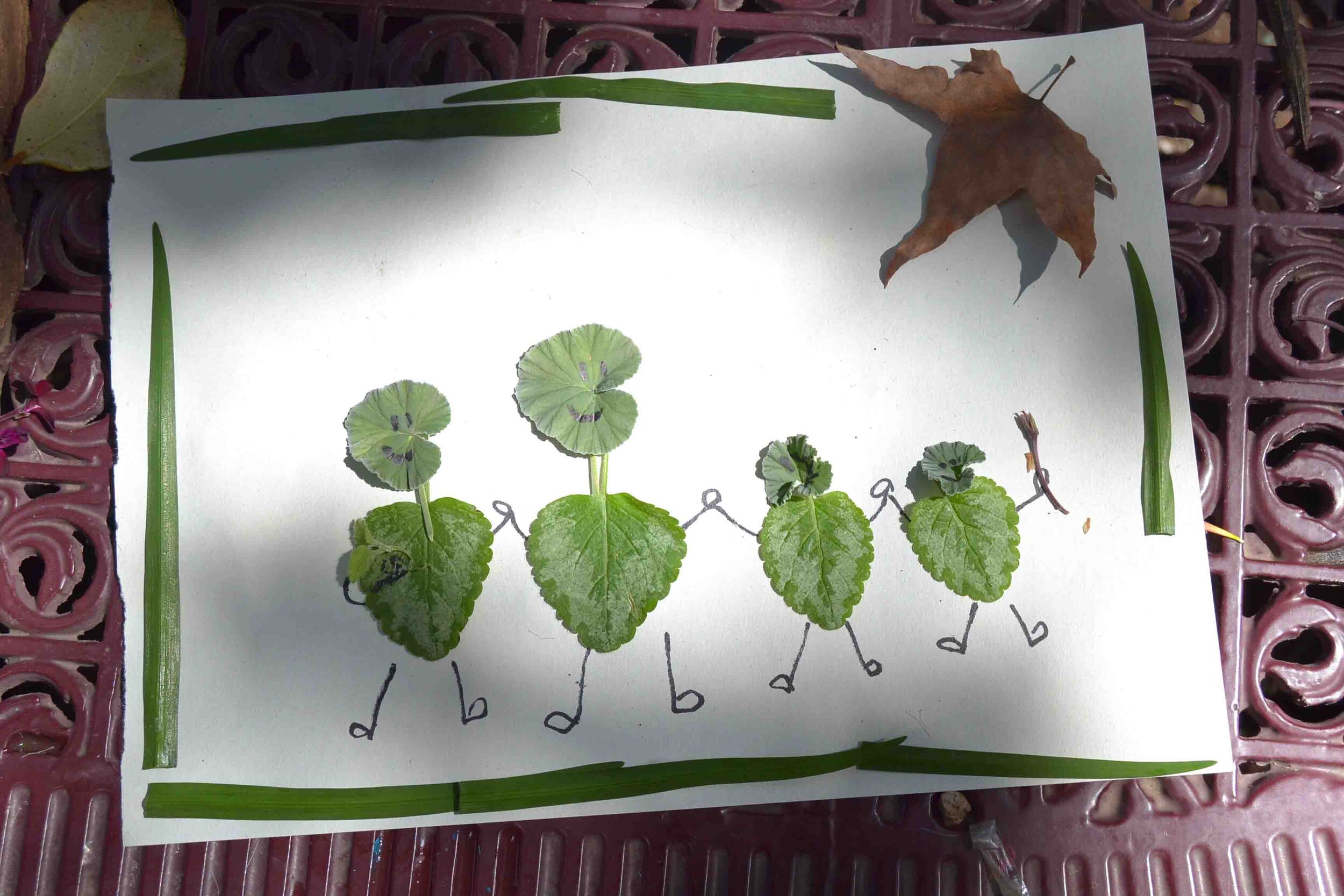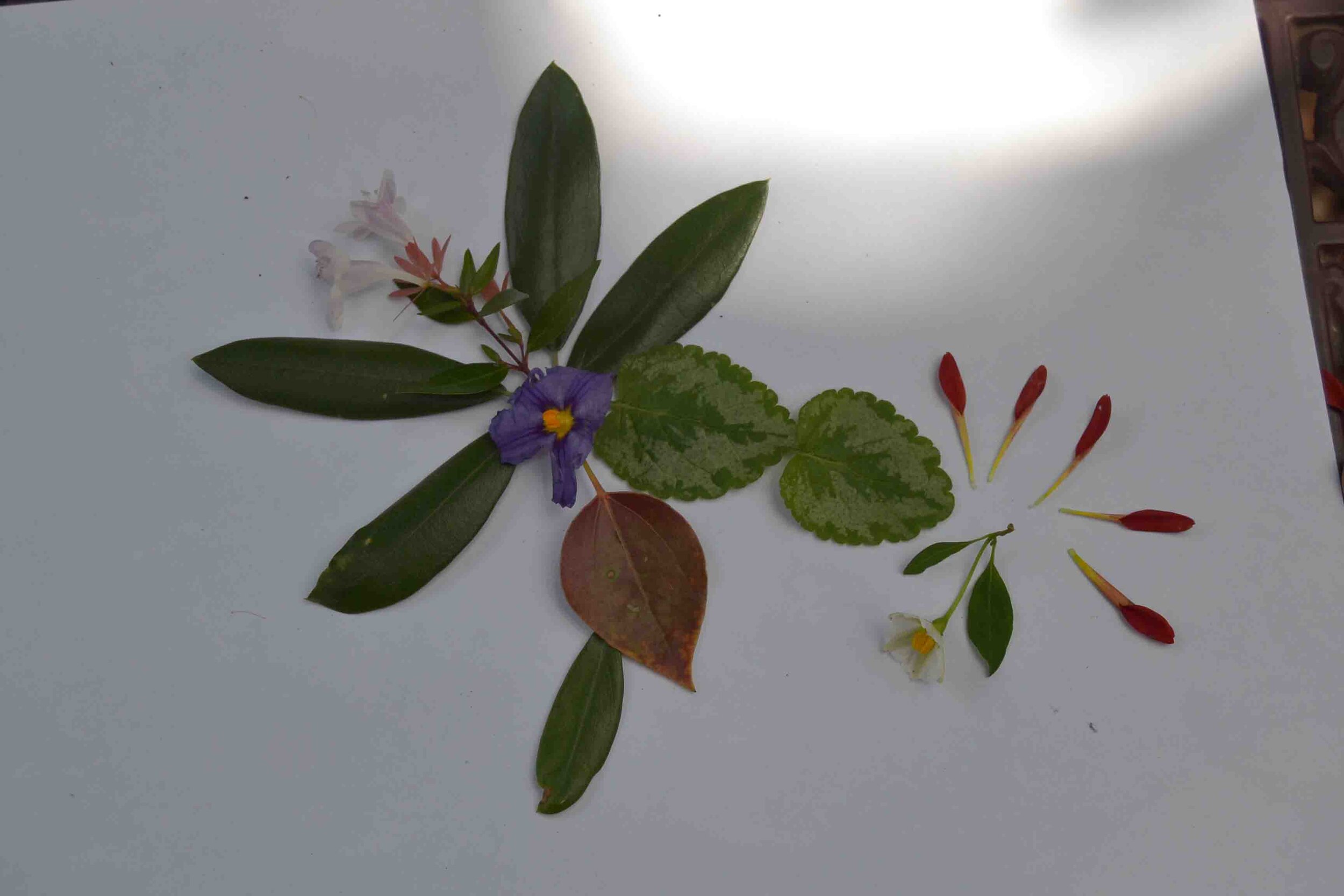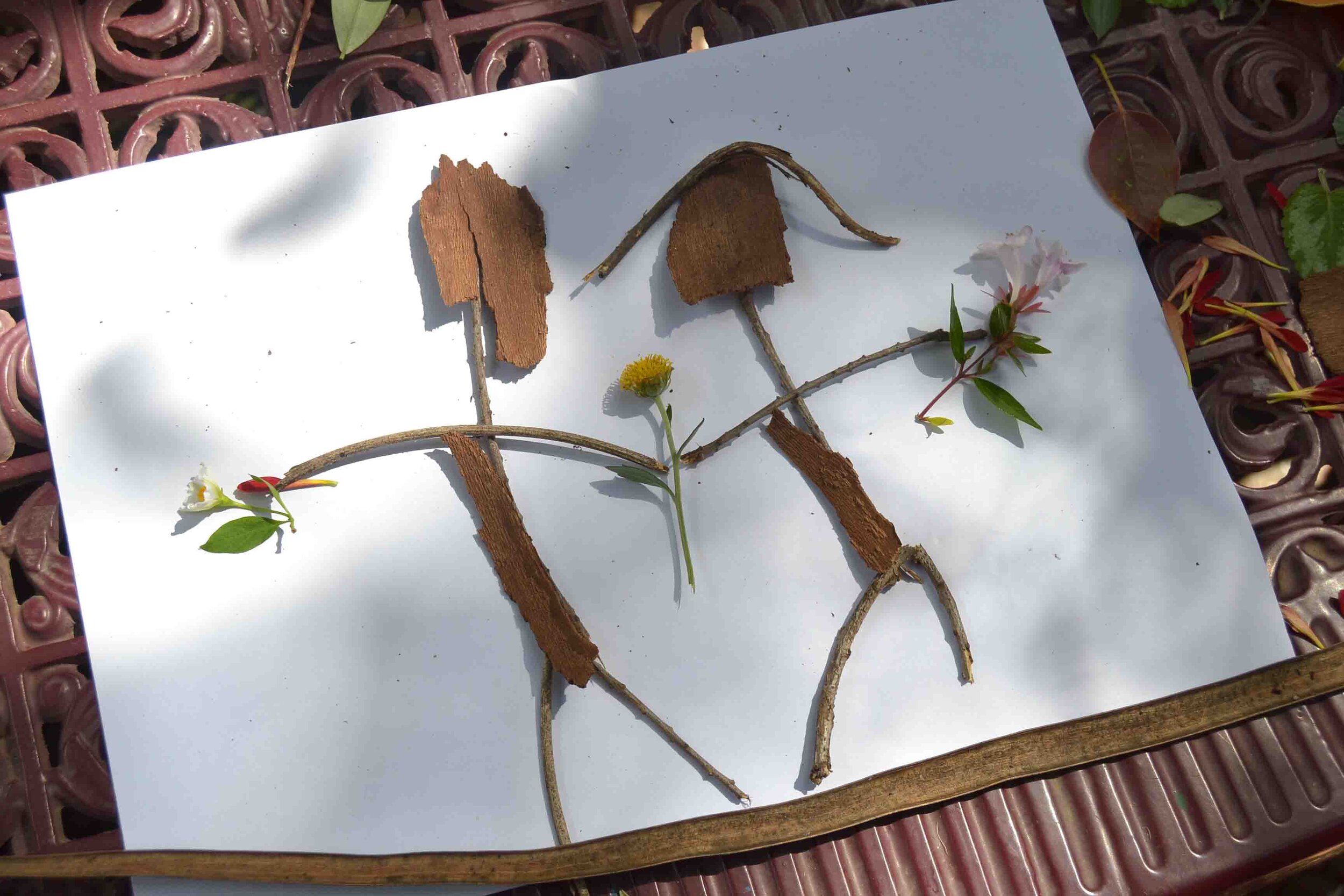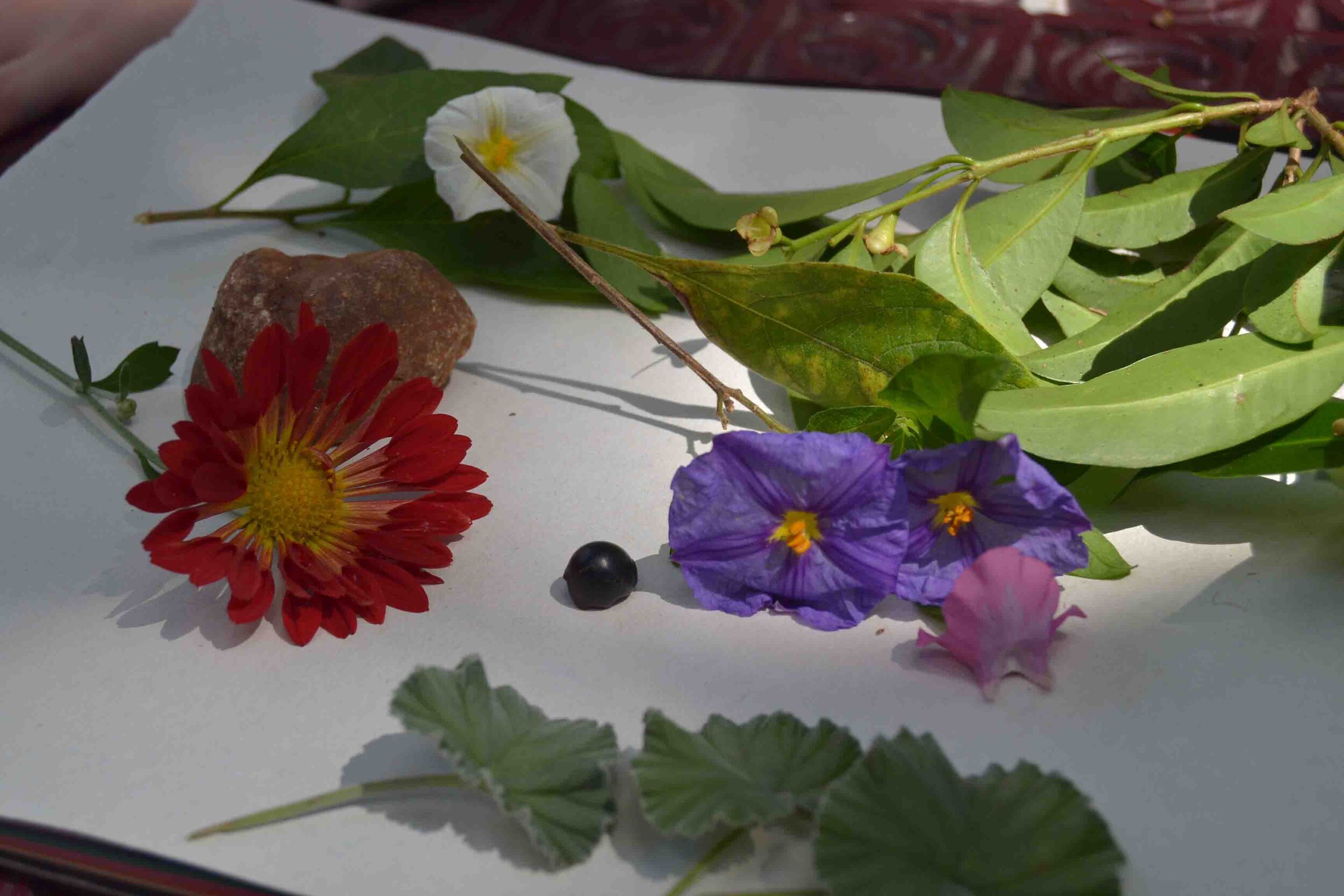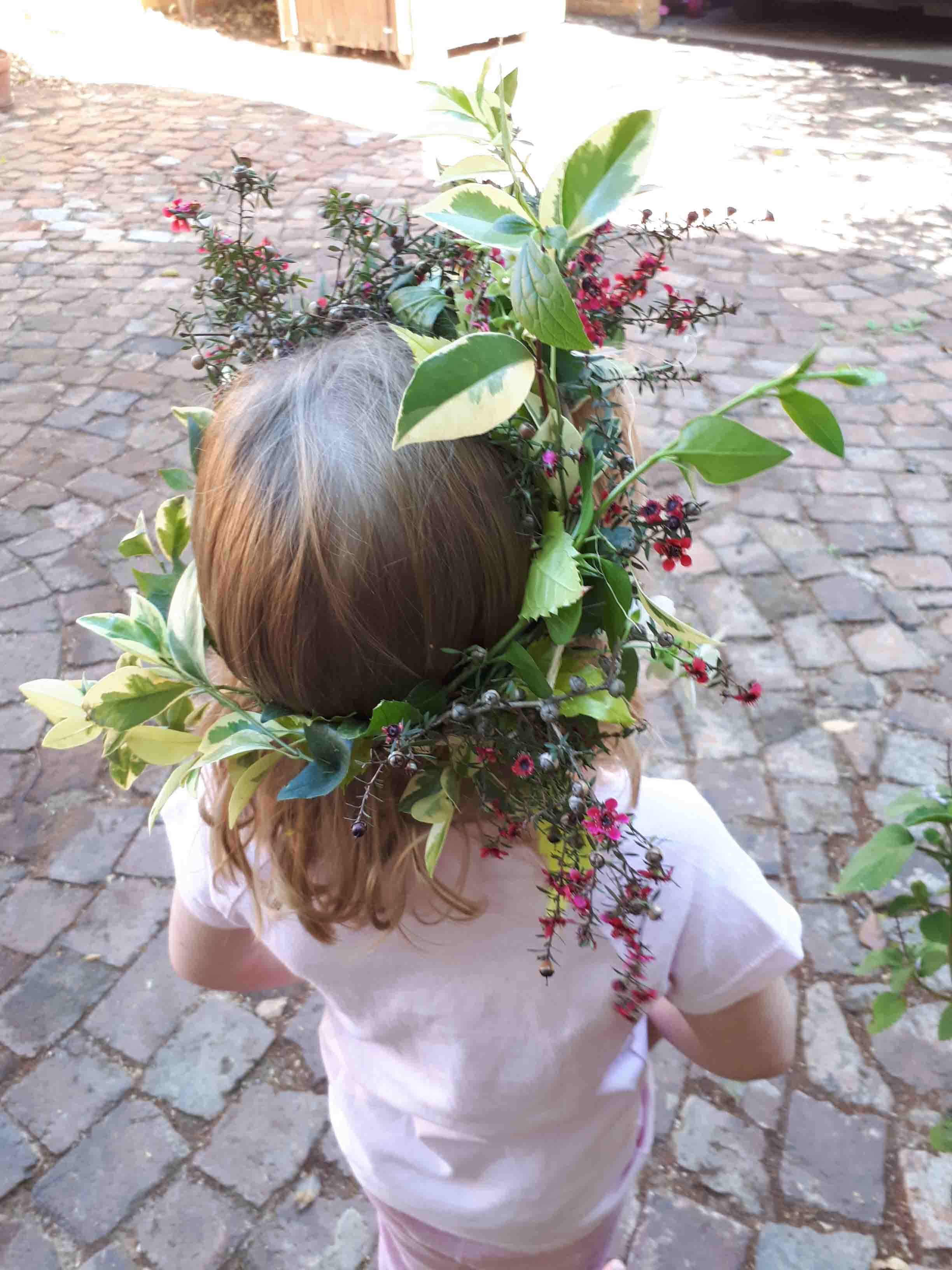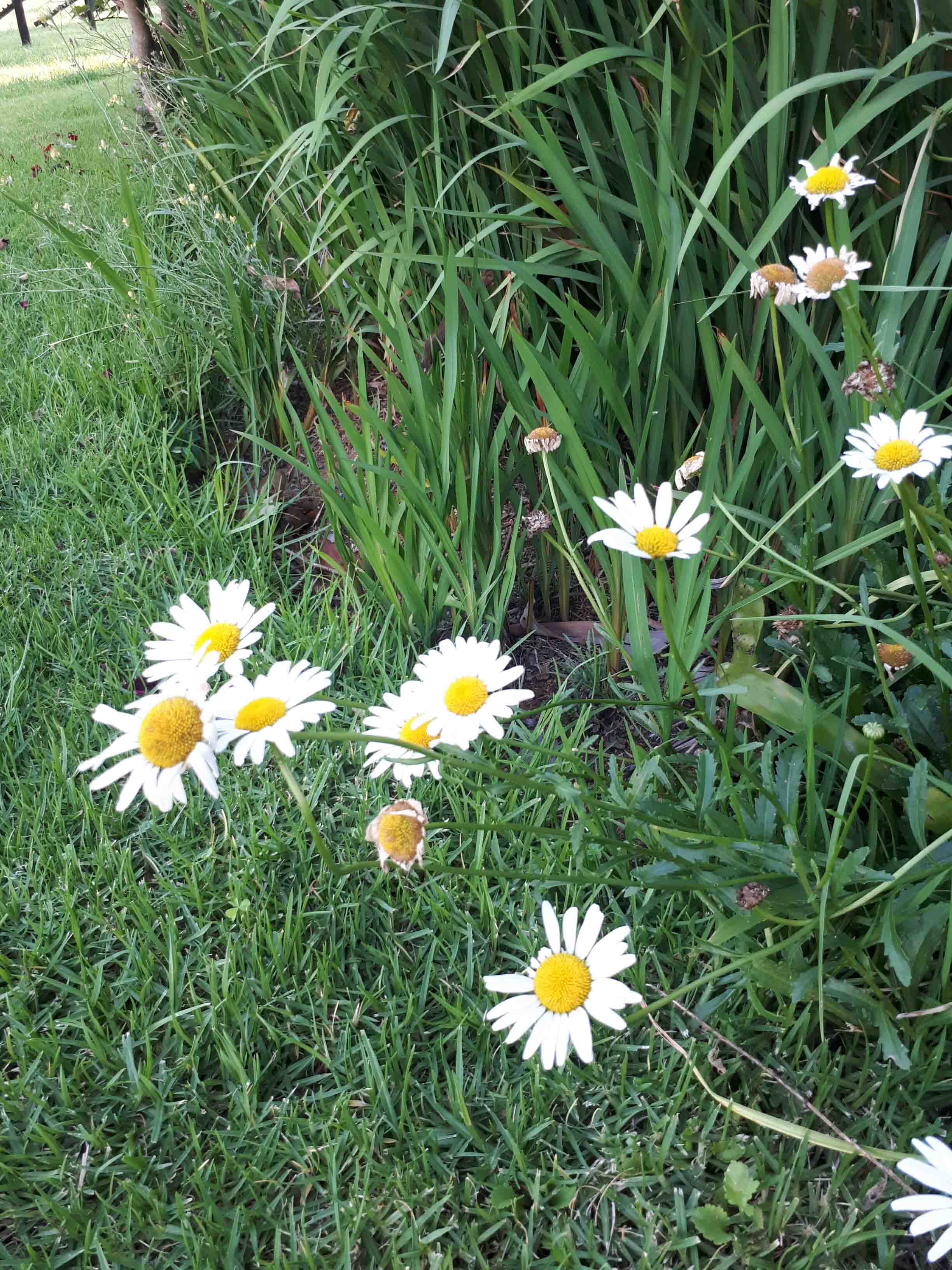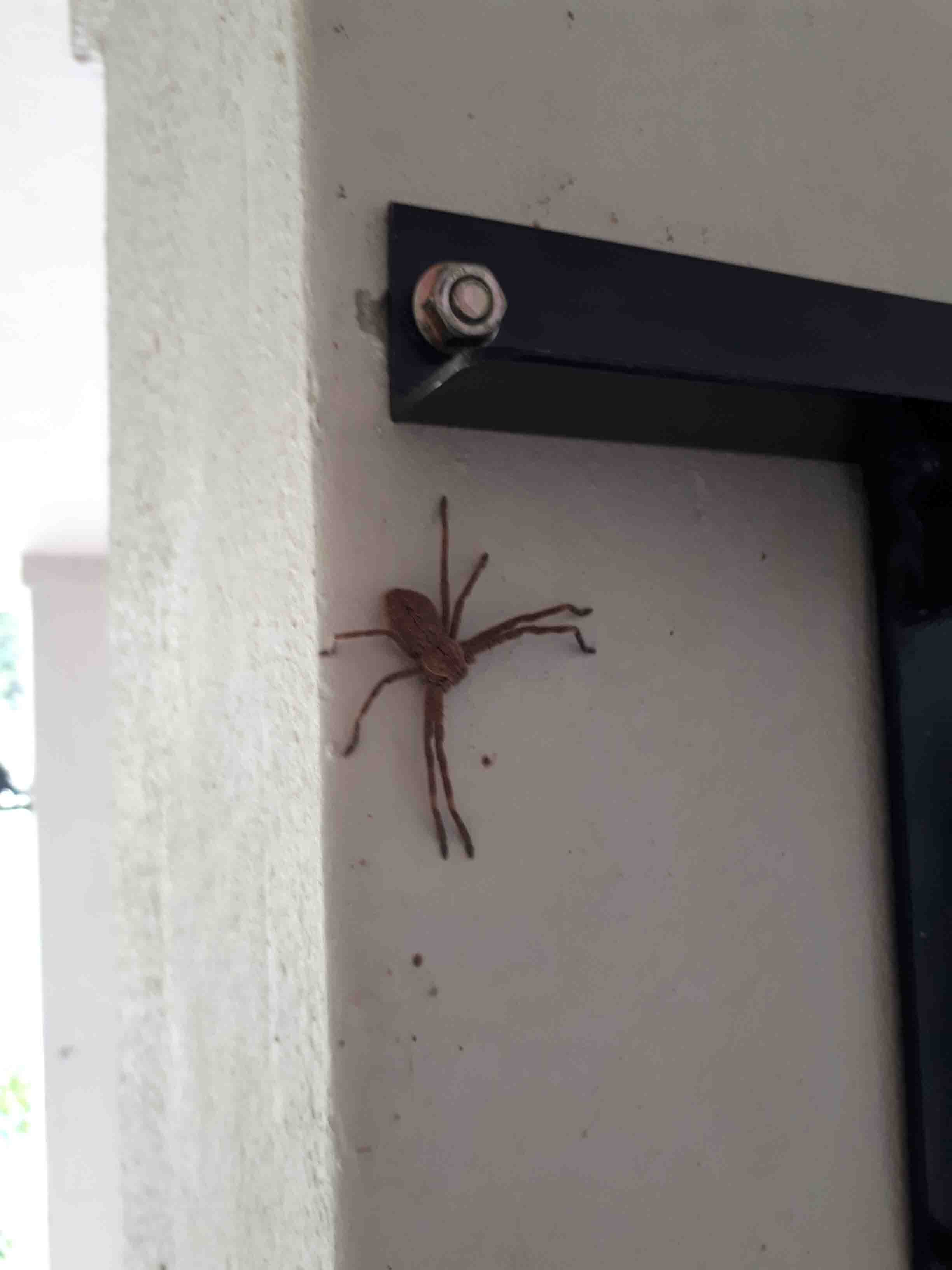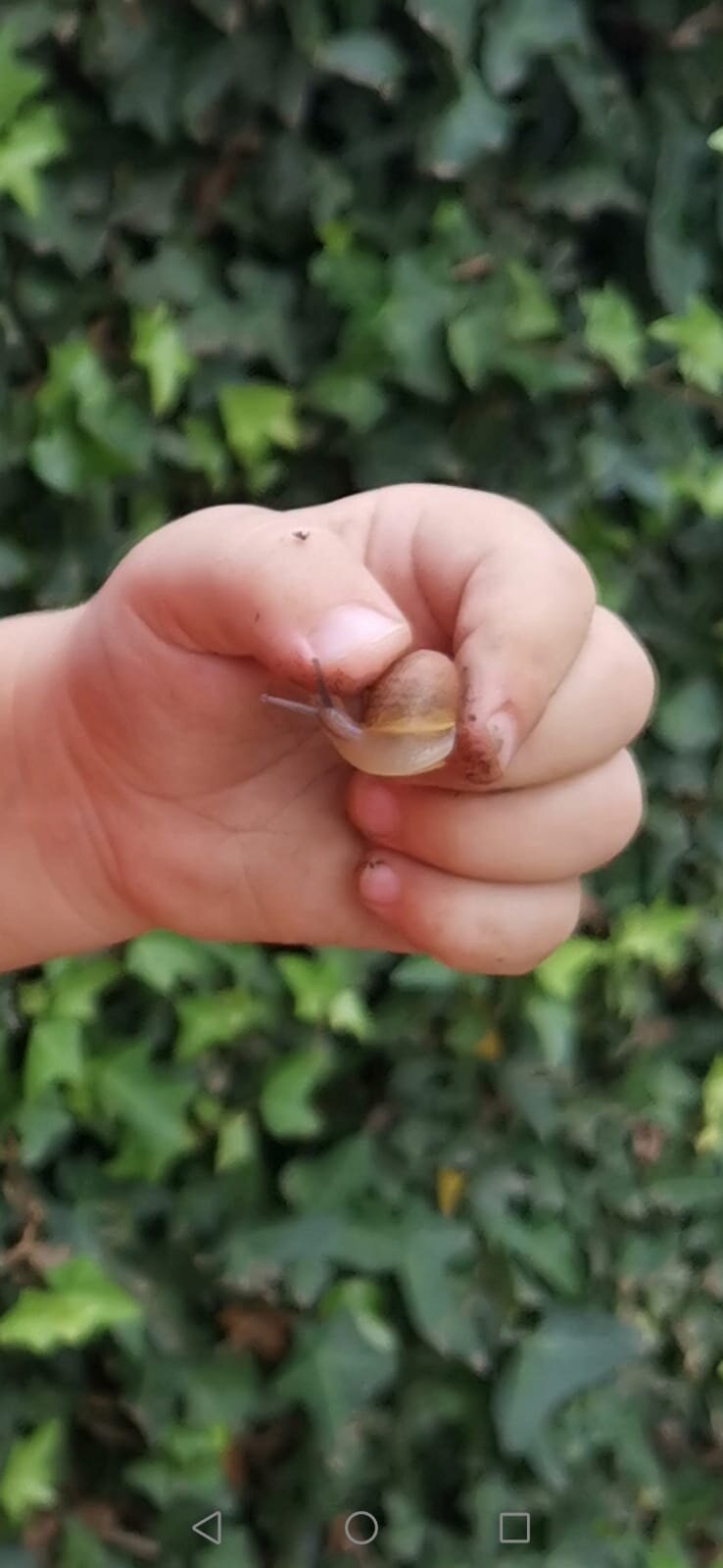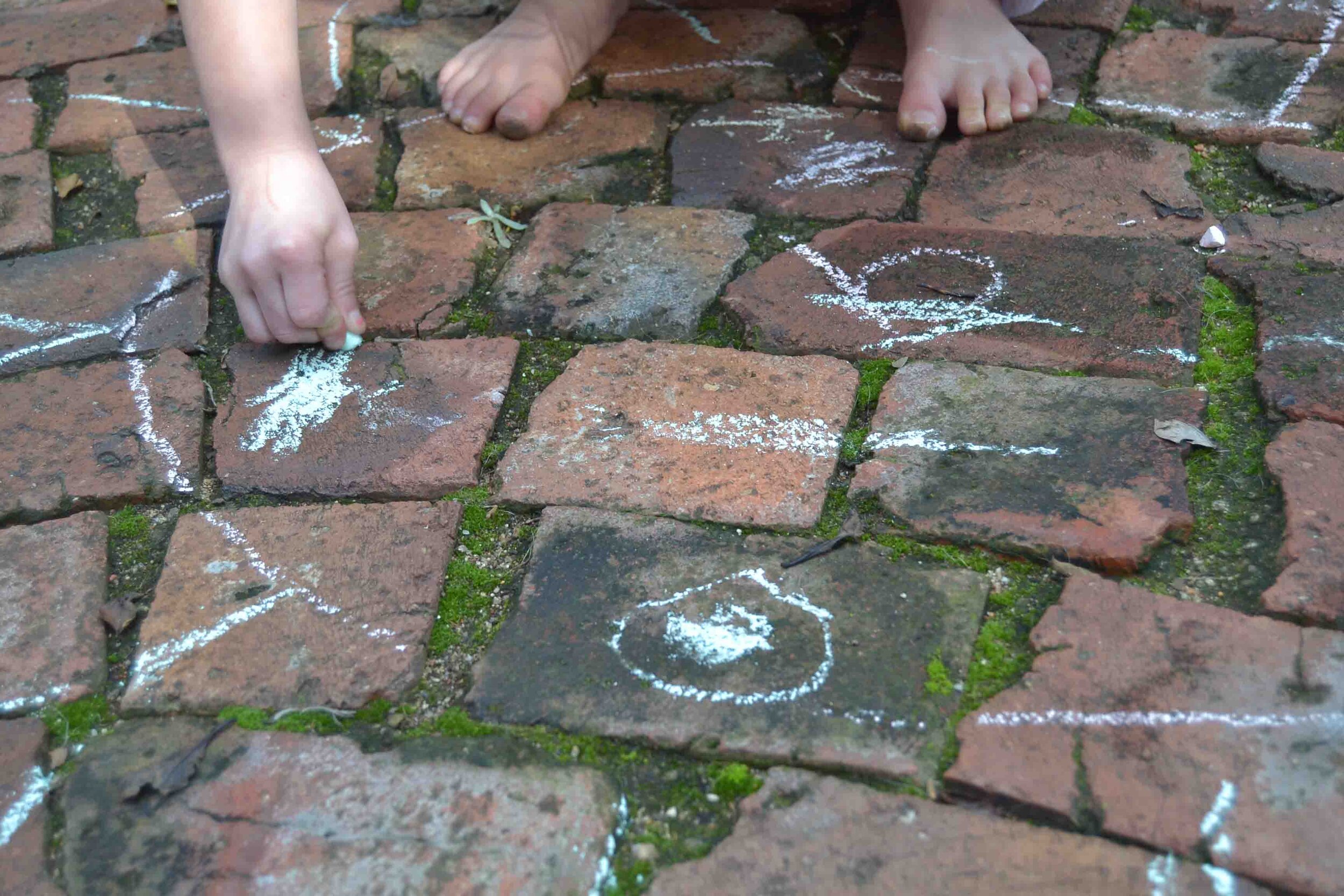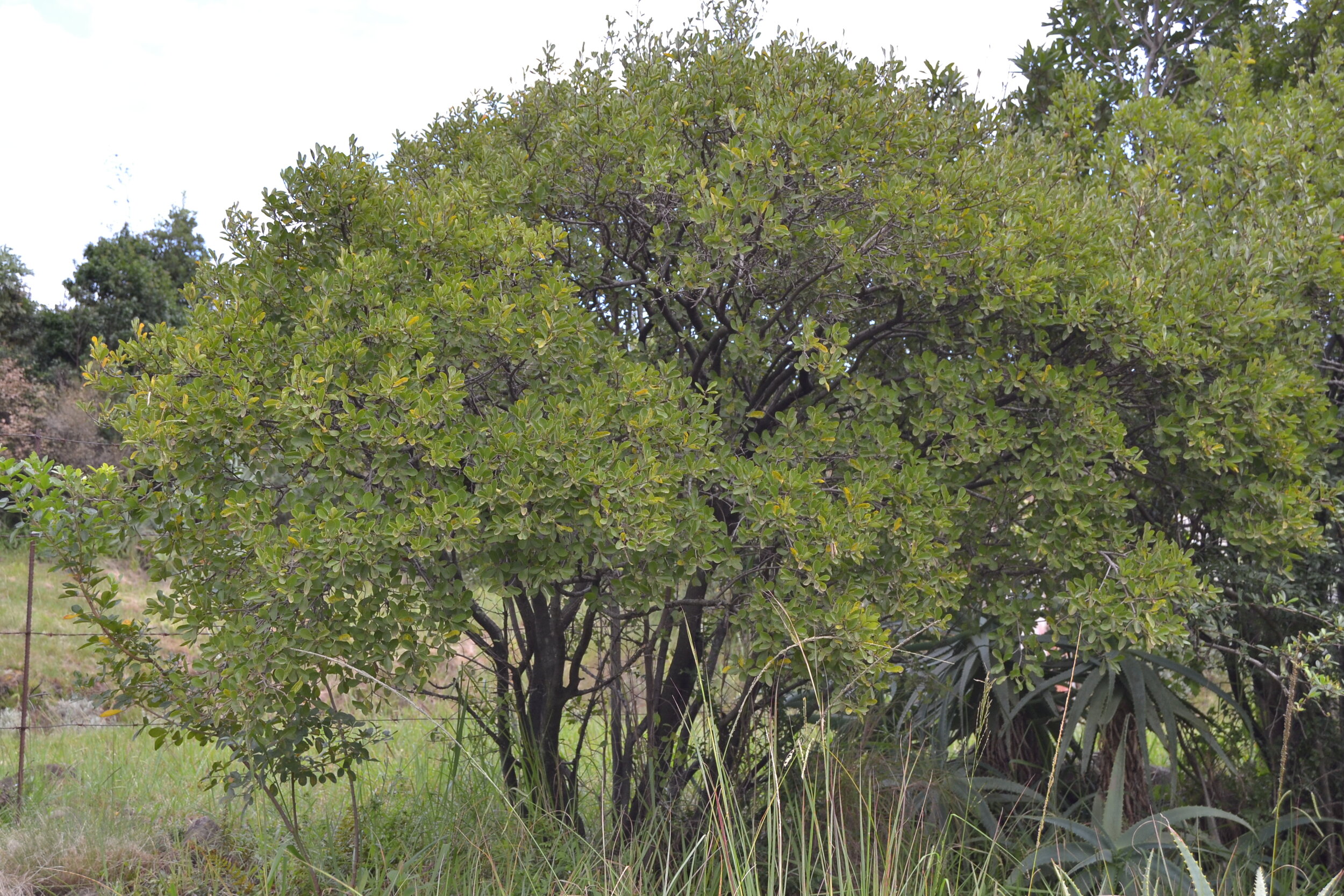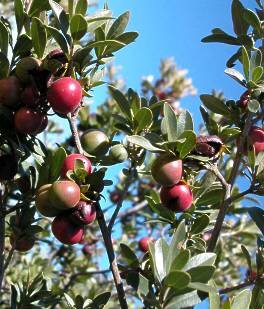Red Hot Poker - Crane Flower - Yellow Honeysuckle
Many gardens today are still strongly influenced by the European style of clipped hedges and formal layouts, but the South African garden is emerging as a strong aesthetic. Indigenous gardening is becoming increasingly popular due to the environmental benefits, growing awareness of sustainable practices and the rising knowledge of locally indigenous plants.
Here are five reasons why you should plant indigenous plants, not only for yourself but for the benefit of the environment:
1. Indigenous plants are adapted
They are suited to the prevailing conditions of the area in which they are found which means that they often have low water requirements and can withstand the temperature fluctuations and seasonal changes of that particular region. This also means that once established they should be self-sustaining, hardier and able to withstand general disturbances.
2. Indigenous plants support indigenous animal life
Indigenous plants provide food and shelter to local animal life such as birds, insects, frogs and reptiles. The plants support local insects, which in turn support local birds and ultimately a life-supporting harmonious cycle is created. Interestingly butterflies will only lay their eggs on specific host plants, almost always indigenous species, so in order to attract these beauties into your garden you need to plant their host plant.
3. Indigenous gardens allow for habitat creation and connection
Large areas of natural habitat is destroyed daily to make way for urban development. Fragmentation of vegetation and animal populations puts these healthy systems in jeopardy. If your garden can replace some of this lost vegetation it can create corridors for the local insect and bird life to move along.
4. Planting indigenous is environmentally responsible
Planting indigenous plants is beneficial to the environment and the ecology which we would like to conserve for future generations. Knowing that your actions today preserve future interactions with local plants and animals for future humans is deeply encouraging.
5. We have an amazing selection of plants!
South African plants are cultivated all over the world although many South Africans do not realise the variety and diversity of indigenous plants available to them (some 23,000-plus species). There are so many plants to choose from and an exciting journey of discovery awaits.
Now is always a good time to start. Why not visit some local indigenous nurseries to be inspired and learn more about the beautiful plants locally suited to your area.
Crassula ovata - Aloe arborescens - Tulbaghia violacea
Zantedeschia aethiopica - Agapanthus praecox

